Creating a therapeutic environment that promotes healing and comfort requires thoughtful attention to every design element. The physical space where therapy occurs significantly impacts both client experience and therapeutic outcomes. Research demonstrates that well-designed therapy offices can reduce anxiety, enhance trust, and improve overall session effectiveness. From calming color palettes to biophilic elements, each design choice communicates professionalism while fostering emotional safety. Modern therapeutic spaces blend evidence-based design principles with personal touches that reflect the practitioner's approach. Whether embracing minimalist zen aesthetics or warm farmhouse charm, successful therapist office decor creates an atmosphere where clients feel genuinely welcomed and understood.
1. Scandinavian Minimalist Therapist Office Decor
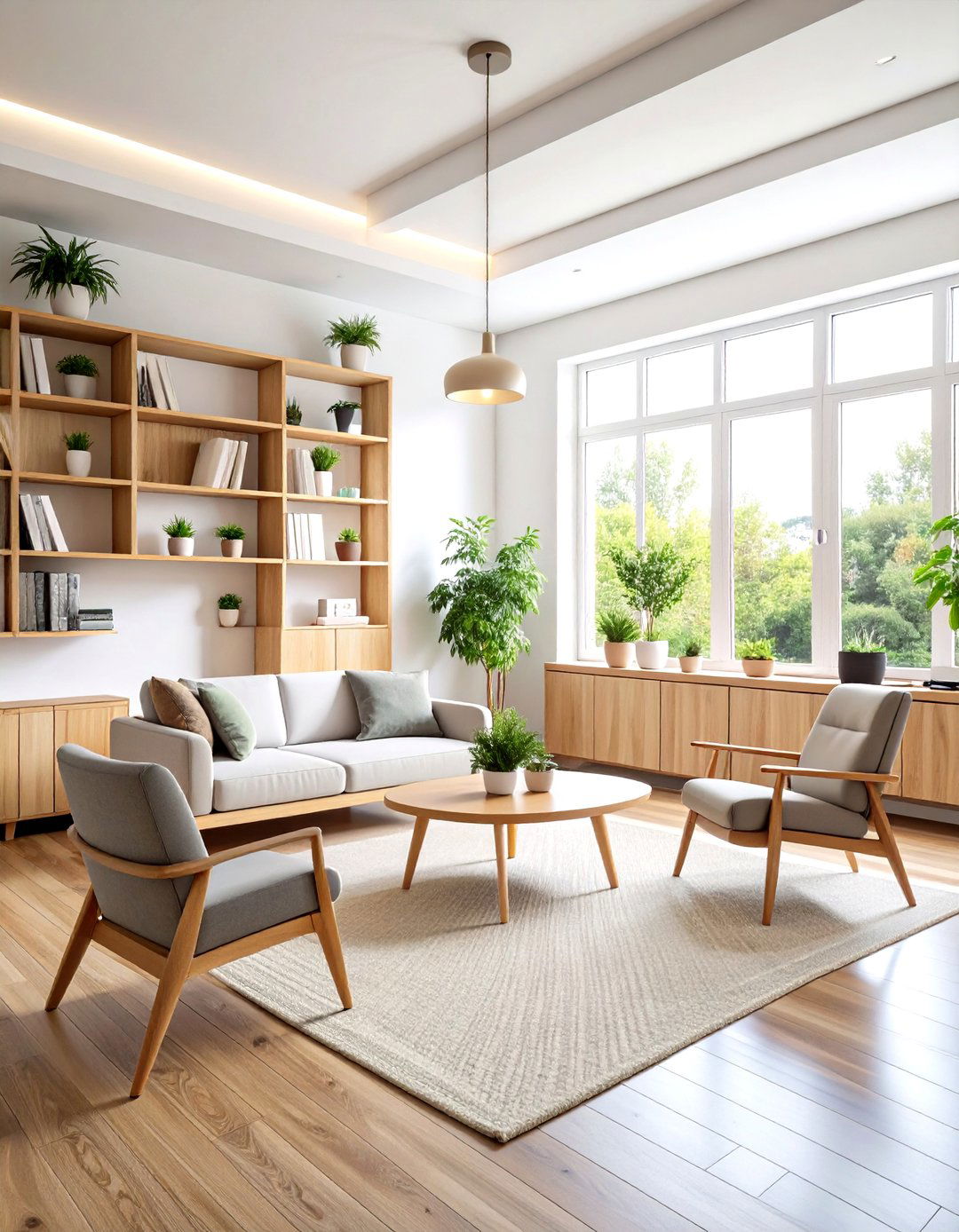
Achieving serenity through simplicity, this Nordic-inspired approach emphasizes clean lines, natural light, and uncluttered spaces. Light wood furniture in birch or pine creates warmth while maintaining the characteristic minimalist aesthetic. White or soft gray walls provide a calming backdrop, complemented by geometric patterns in muted tones. Essential furnishings include a sleek desk with hidden storage, ergonomic seating in natural fabrics, and floating shelves displaying carefully curated books. Natural lighting takes precedence, with sheer window treatments maximizing daylight while ensuring privacy. Small potted plants like succulents or snake plants add life without overwhelming the space. The overall effect promotes mental clarity and emotional balance, essential for therapeutic work.
2. Biophilic Sanctuary Therapist Office Decor

Connecting clients with nature's healing power, this design integrates living elements throughout the therapeutic space. Large leafy plants like fiddle leaf figs or monstera create natural privacy screens while improving air quality. Natural wood textures in furniture and wall panels evoke forest tranquility, paired with stone accents that ground the space. Water features provide gentle background sounds that mask external noise while promoting relaxation. Natural fiber rugs, hemp cushions, and organic cotton throws add tactile comfort. Skylights or large windows showcase outdoor views, supplemented by nature photography when natural vistas aren't available. Earth-tone color palettes in sage greens, warm browns, and soft creams complete this therapeutic ecosystem that reduces stress and enhances emotional wellbeing.
3. Modern Zen Therapist Office Decor
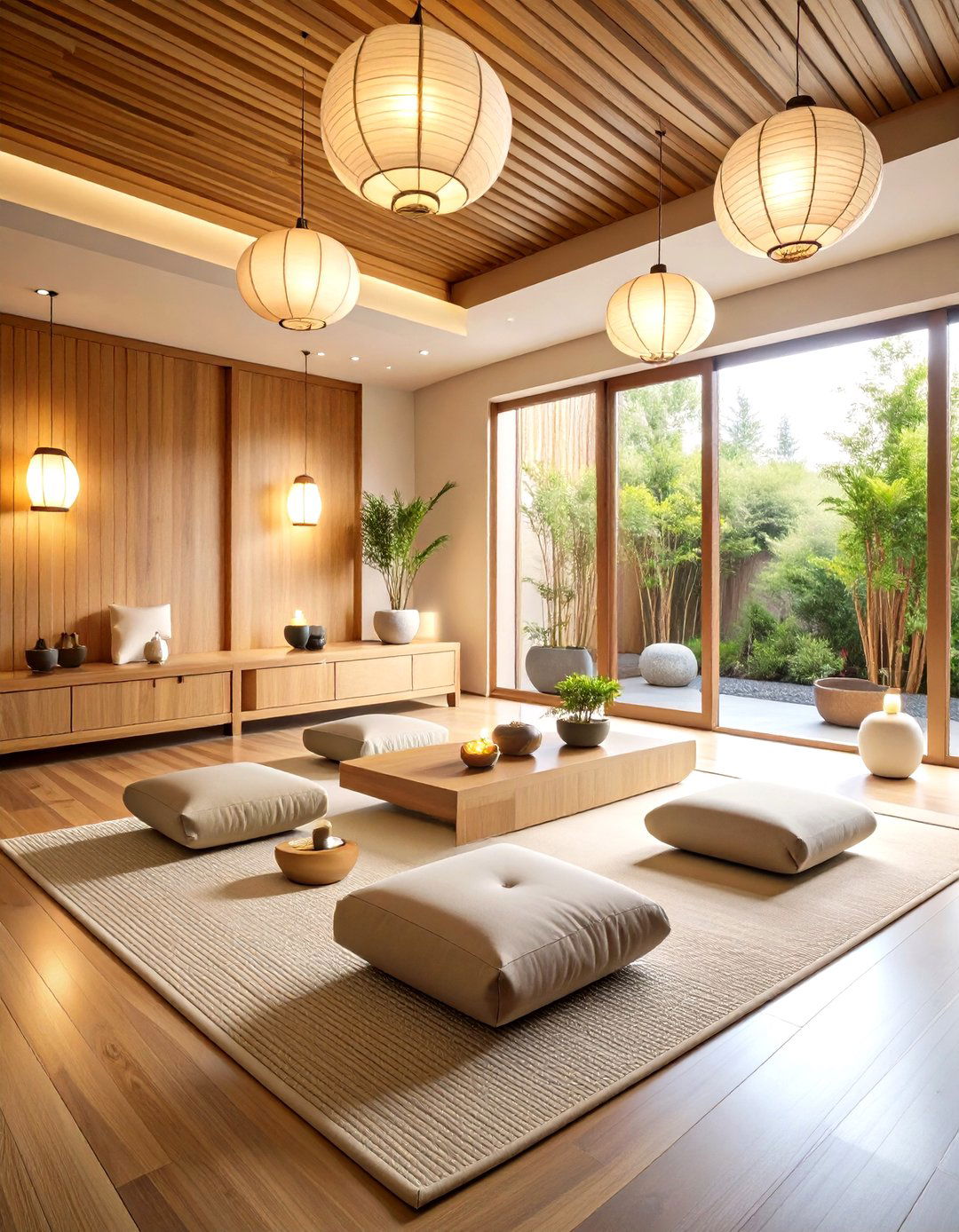
Embracing Eastern philosophy principles, this design creates profound tranquility through balanced simplicity. Neutral color schemes in warm whites, soft beiges, and gentle grays establish a peaceful foundation. Low-profile furniture with clean geometric lines promotes groundedness while maintaining contemporary appeal. Essential elements include meditation cushions, a small fountain for ambient sound, and carefully placed artwork featuring abstract nature scenes. Bamboo accents and natural stone elements connect the space to organic materials. Soft, diffused lighting from paper lanterns or recessed fixtures eliminates harsh shadows. The thoughtful arrangement follows feng shui principles, ensuring energy flows freely throughout the room. This approach particularly benefits clients seeking stress reduction and mindfulness-based therapeutic approaches.
4. Coastal Calm Therapist Office Decor
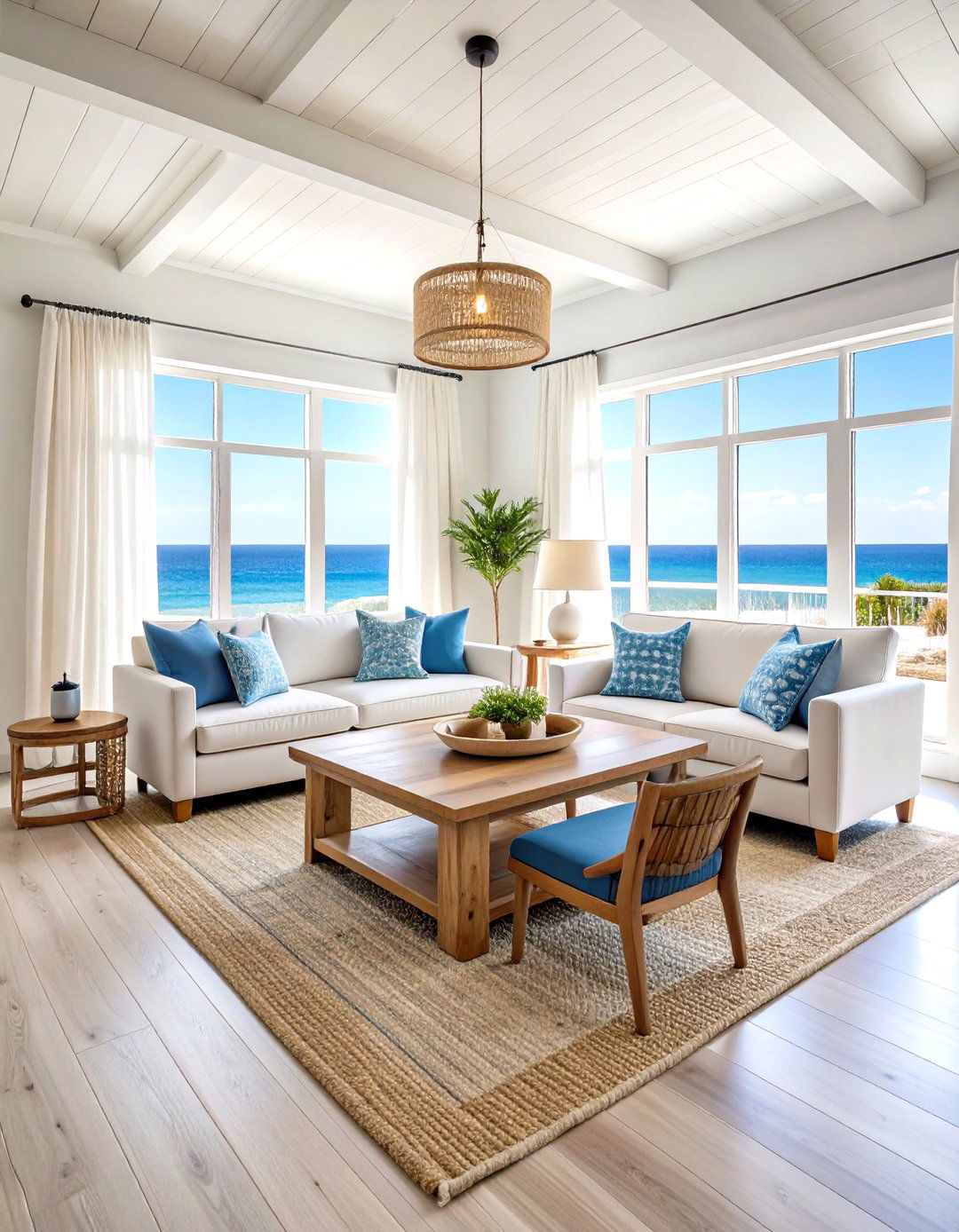
Drawing inspiration from seaside serenity, this theme employs ocean-influenced elements to create emotional restoration. Soft blue and white color palettes evoke peaceful waters, complemented by sandy beige and weathered gray accents. Natural materials like driftwood furniture, jute rugs, and linen upholstery reinforce the coastal connection. Subtle nautical elements include rope details, seashell accents, and abstract wave artwork. Large windows with flowing white curtains simulate ocean breezes while maximizing natural light. The furniture selection emphasizes comfort with oversized armchairs and a weathered wood coffee table. Salt lamps provide warm ambient lighting while purifying air. This environment particularly supports clients dealing with anxiety, offering the psychological benefits of imagined seaside retreats without overwhelming maritime themes.
5. Warm Farmhouse Therapist Office Decor
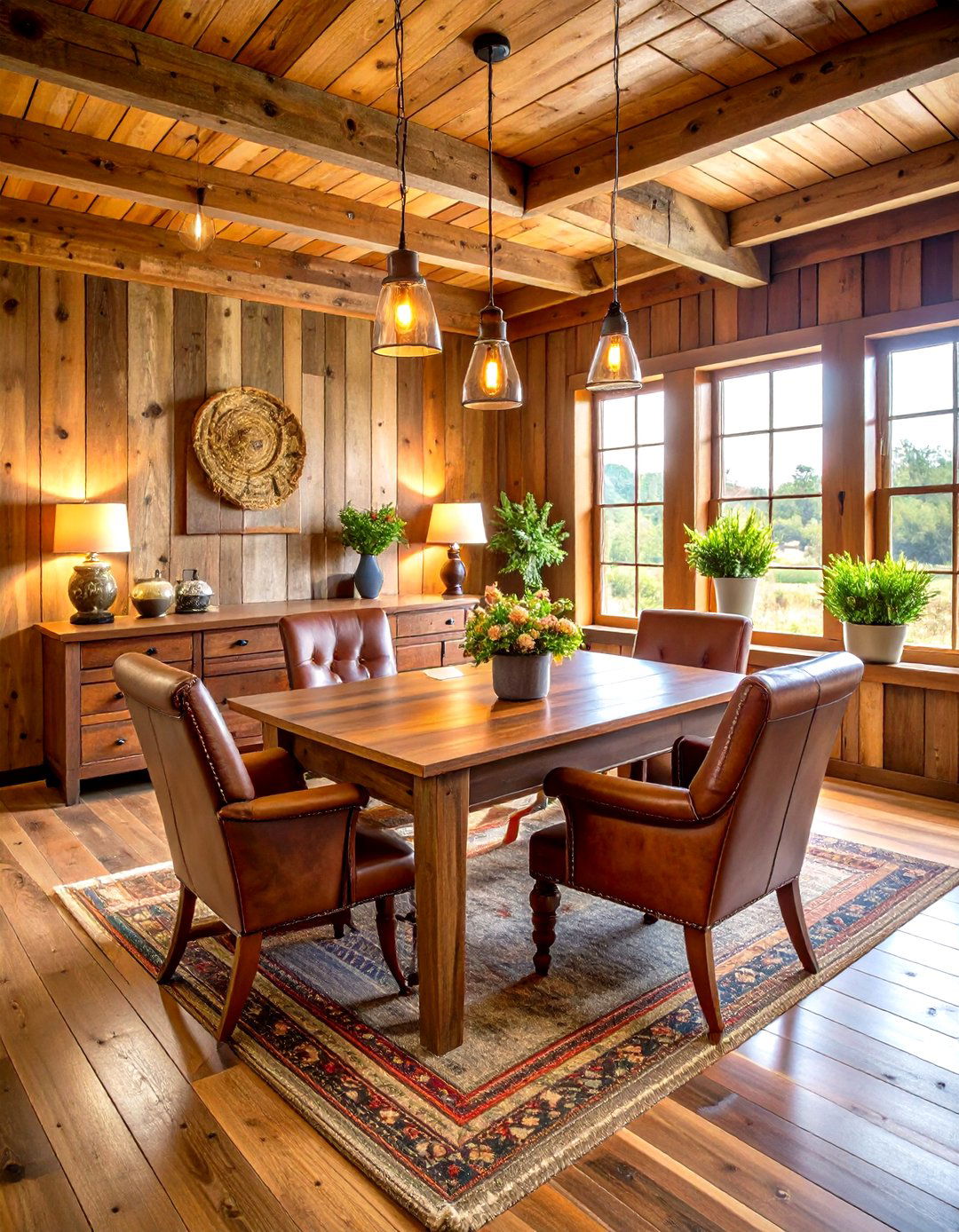
Creating homestyle comfort, this rustic-inspired approach makes clients feel welcomed into a safe, familiar environment. Reclaimed wood elements, including exposed beam ceilings and plank accent walls, provide authentic warmth. Vintage furniture pieces like antique desks and distressed leather chairs add character while maintaining professional standards. Mason jar lighting fixtures and galvanized metal accents contribute rustic charm without appearing overly casual. Cozy textiles including plaid throws, woven baskets, and braided rugs enhance the homey atmosphere. Fresh flowers in ceramic vases and herb plants on windowsills bring life to the space. Warm earth tones in burnt orange, deep red, and golden yellow create an enveloping sense of security that helps clients feel at ease sharing personal struggles.
6. Contemporary Luxury Therapist Office Decor
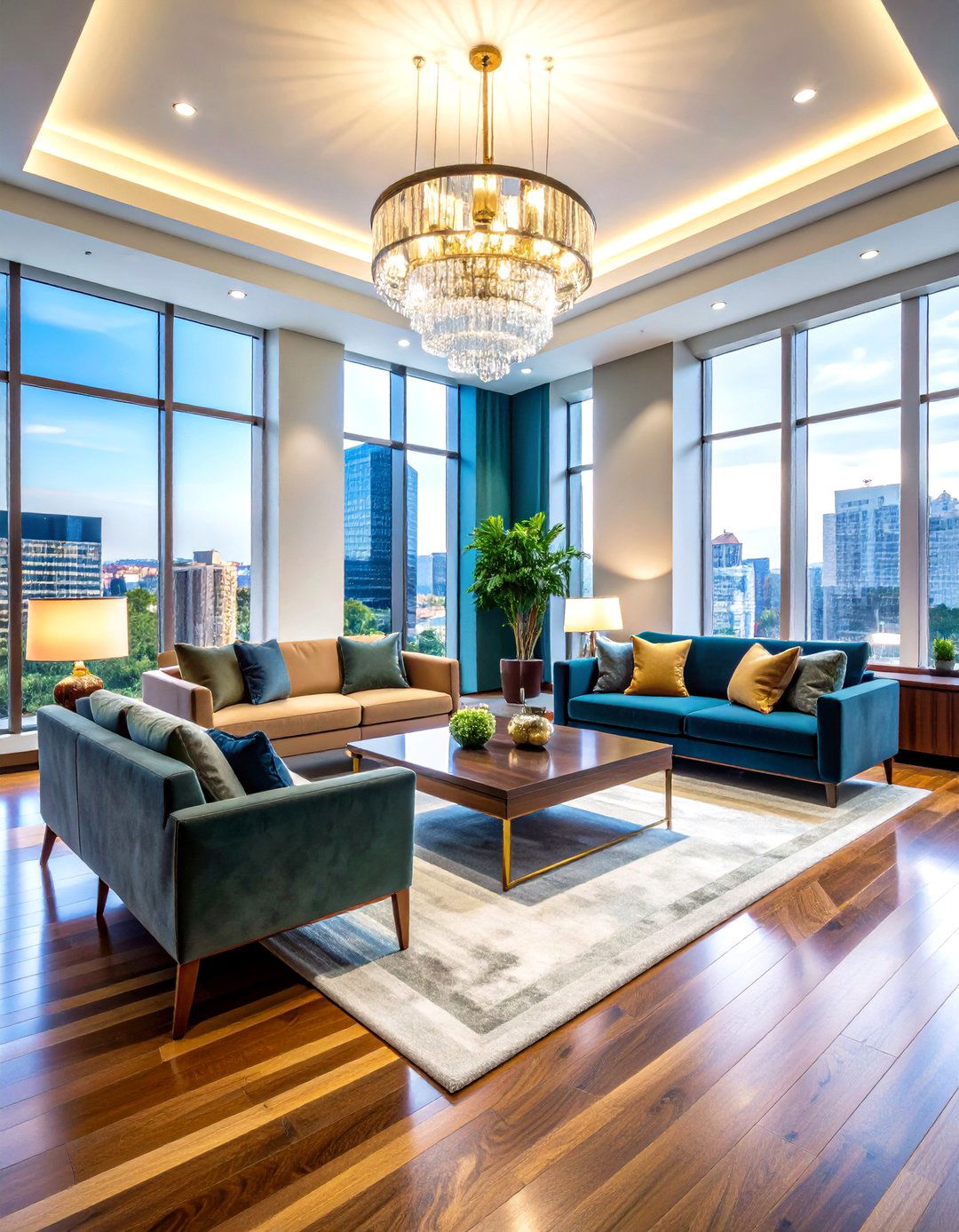
Sophisticated elegance defines this upscale approach that conveys professional expertise while maintaining therapeutic warmth. Rich materials like velvet upholstery, marble accent tables, and polished hardwood floors create an atmosphere of refined comfort. Deep jewel tones in emerald green, sapphire blue, and burgundy add visual richness without overwhelming the senses. Statement lighting fixtures, including crystal chandeliers or modern sculptural pieces, provide ambient illumination. High-quality artwork and photography demonstrate attention to detail and cultural appreciation. Plush seating arrangements with silk cushions and cashmere throws offer luxurious comfort. This design particularly appeals to executive clients or those seeking specialized services, communicating that their investment in therapy represents significant value and professional expertise.
7. Bohemian Eclectic Therapist Office Decor

Celebrating creative expression and cultural diversity, this vibrant approach welcomes clients through colorful, layered design elements. Rich tapestries, patterned rugs, and mixed textiles create visual interest while maintaining warmth. Furniture pieces from various cultures and time periods reflect openness to different perspectives. Plants in decorative pottery, hanging macrame planters, and trailing vines create an indoor garden atmosphere. Warm lighting from table lamps with fabric shades and string lights adds intimate ambiance. Books, artifacts, and personal collections displayed throughout demonstrate the therapist's broad interests and cultural awareness. The overall effect communicates acceptance of diversity and non-conventional approaches, making it particularly suitable for creative clients or those exploring identity and self-expression issues.
8. Industrial Chic Therapist Office Decor
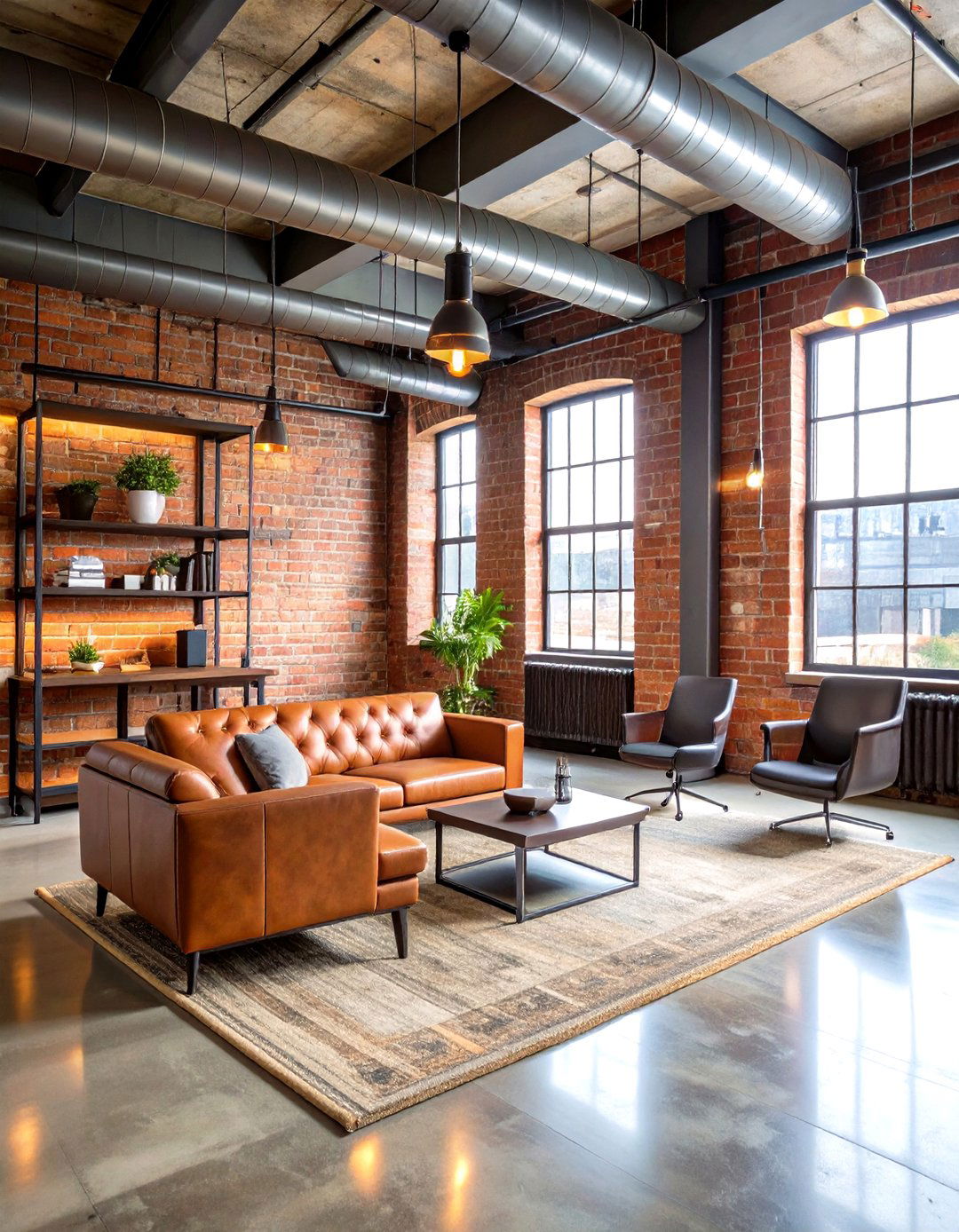
Transforming raw materials into therapeutic sophistication, this urban-inspired design balances edginess with emotional safety. Exposed brick walls, metal fixtures, and concrete floors provide industrial authenticity while soft furnishings add necessary warmth. Leather seating in rich browns or deep blacks offers durability and comfort. Edison bulb lighting and metal pipe shelving contribute authentic industrial elements. Large windows with metal frames maximize natural light while urban views connect to city energy. Vintage industrial artifacts like old cameras or typewriters serve as conversation starters. Green plants in metal planters soften hard edges and improve air quality. This aesthetic particularly appeals to younger professionals or clients in creative industries who appreciate unconventional approaches to traditional therapy settings.
9. Transitional Comfort Therapist Office Decor
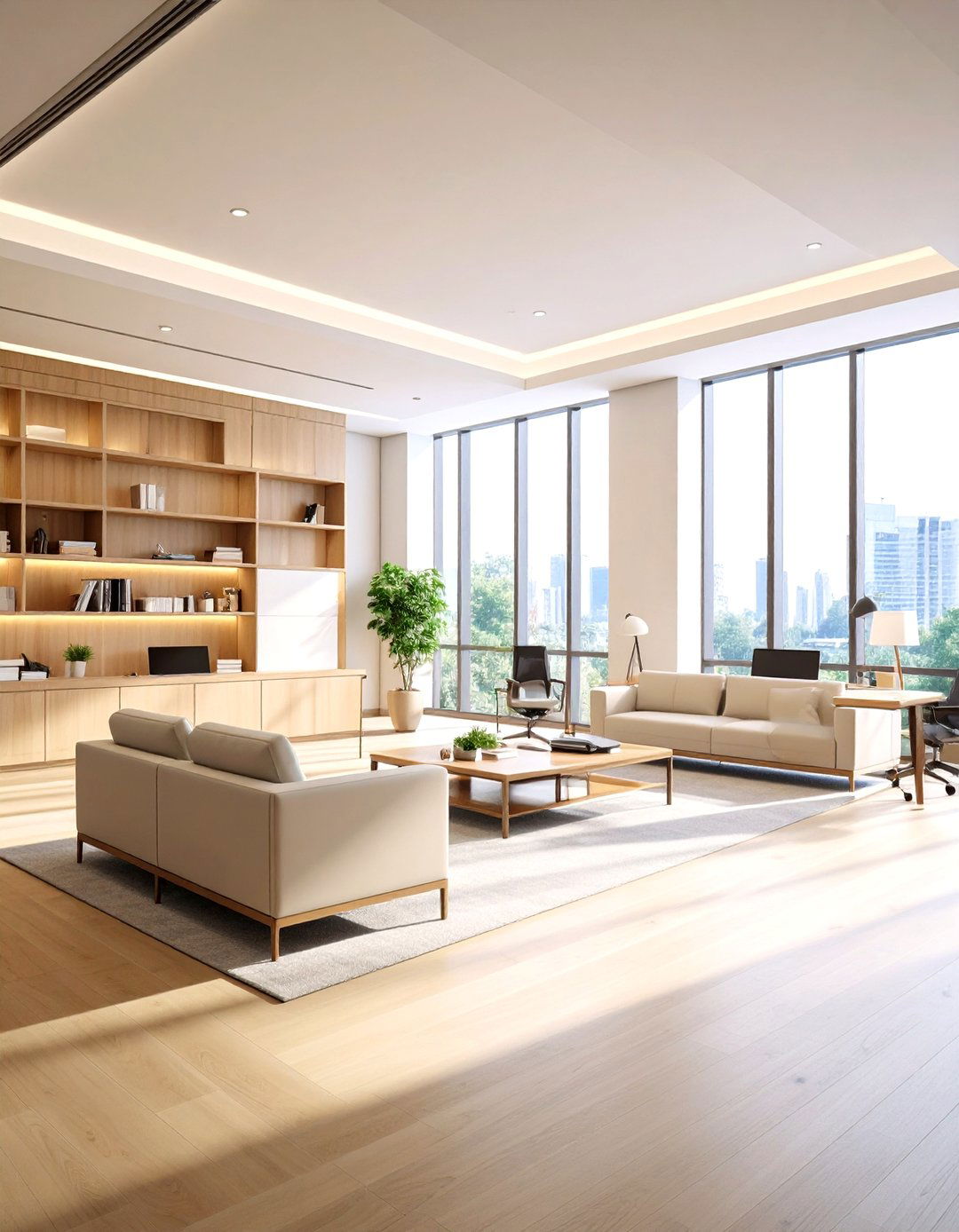
Blending traditional and contemporary elements, this versatile approach creates timeless appeal that accommodates diverse client preferences. Neutral color schemes in taupe, cream, and soft gray provide flexibility for seasonal accent changes. Classic furniture silhouettes with modern upholstery combine familiarity with contemporary comfort. Mixed materials including wood, metal, and glass create visual interest without overwhelming the space. Quality reproduction antiques alongside modern pieces demonstrate respect for both tradition and innovation. Layered lighting from table lamps, floor lamps, and overhead fixtures ensures proper illumination for various activities. This balanced approach works particularly well for established practices serving diverse clientele, offering professional sophistication that feels neither too formal nor too casual for most clients.
10. Nature-Inspired Therapist Office Decor
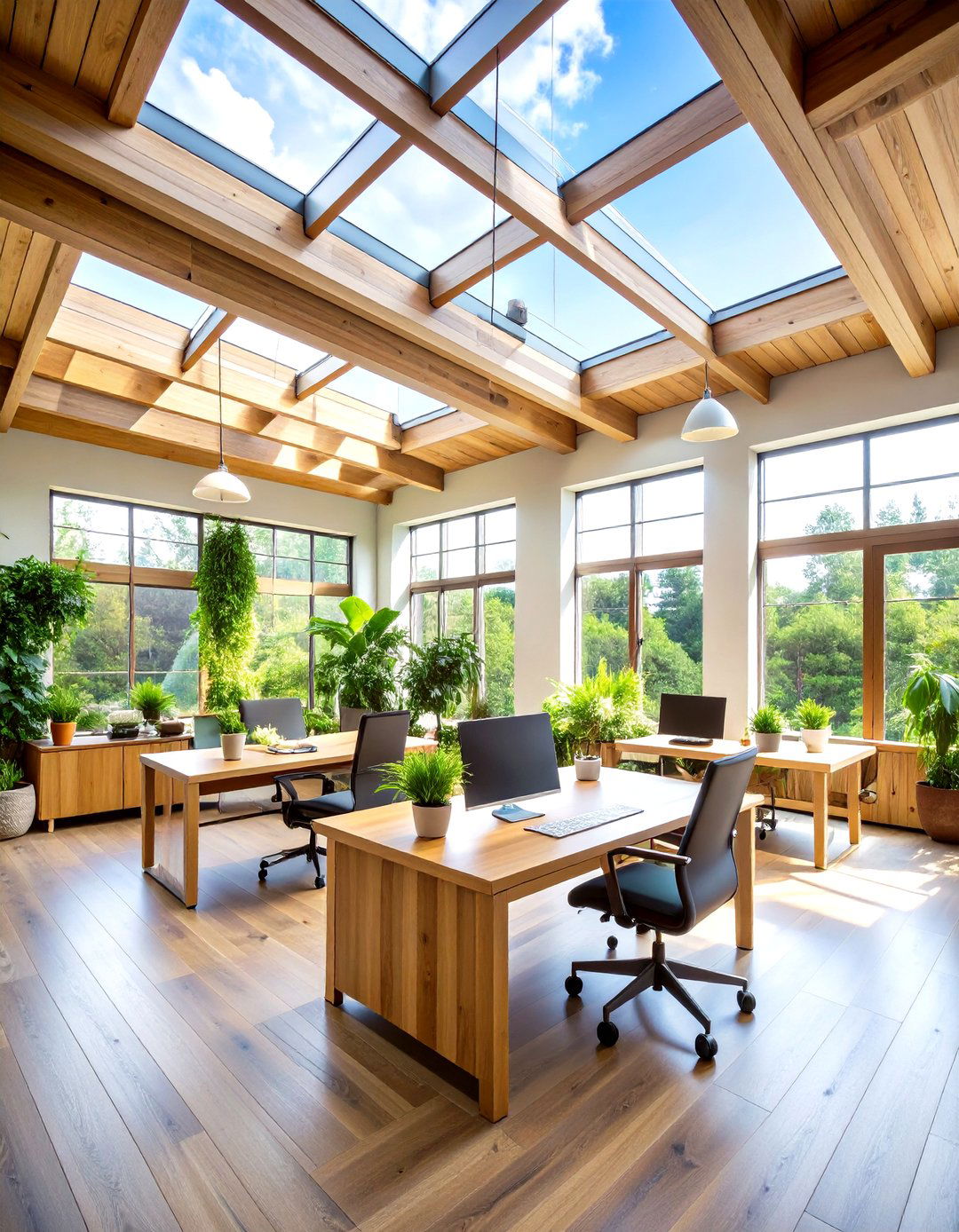
Bringing outdoor tranquility inside, this design creates an immersive natural environment that promotes healing and growth. Living walls with various plant species create dramatic focal points while improving air quality. Natural wood furniture in different grain patterns and finishes reflects forest diversity. Stone elements including river rocks, slate, and granite add tactile interest and grounding energy. Nature photography featuring local landscapes creates connection to the regional environment. Natural fiber textiles in earth tones provide comfort while maintaining the organic theme. Essential oil diffusers with forest or floral scents enhance the sensory experience. Large windows and skylights maximize natural light while providing views of outdoor spaces. This environment particularly benefits clients dealing with stress, anxiety, or disconnection from their natural surroundings.
11. Mid-Century Modern Therapist Office Decor
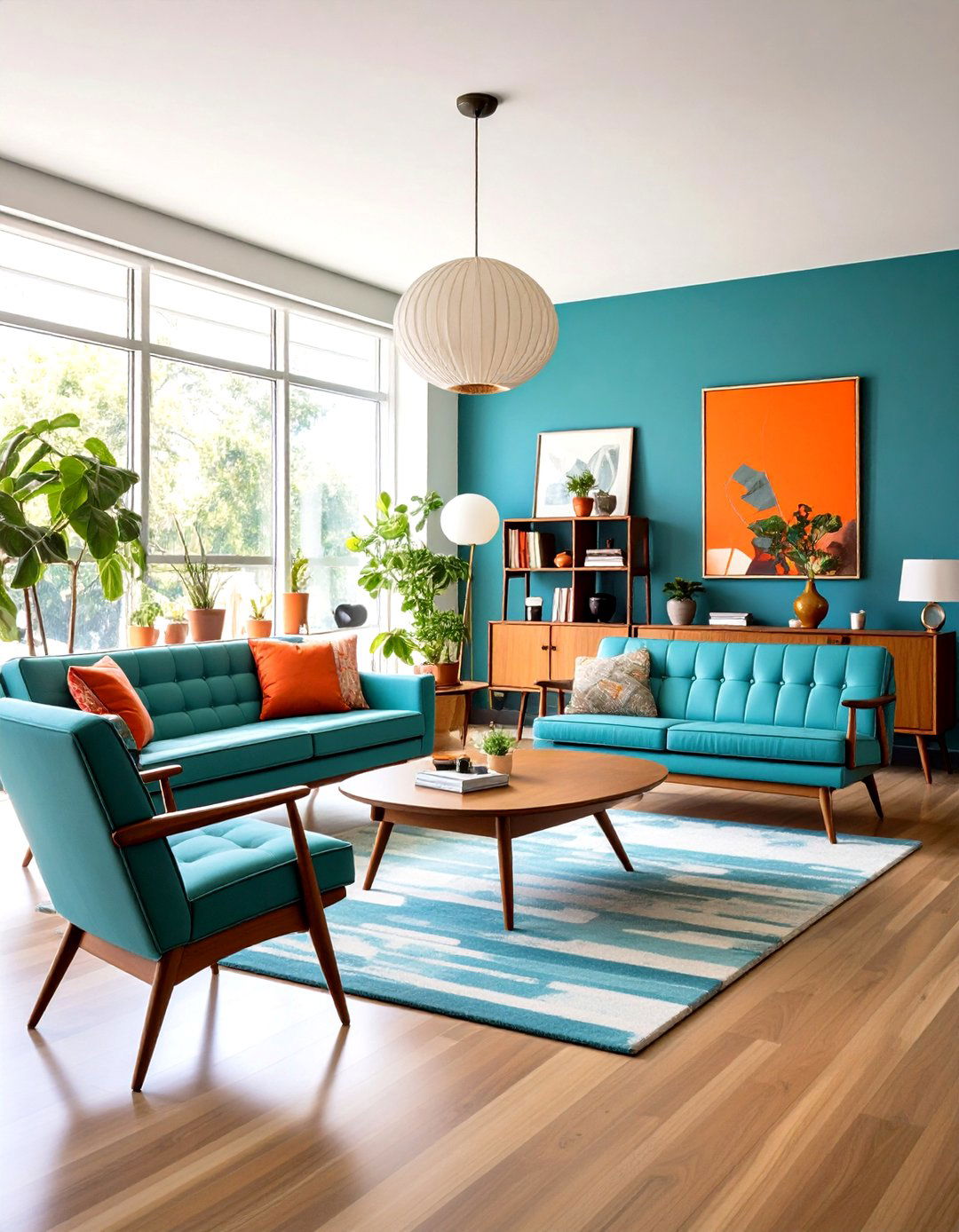
Capturing the optimism of 1950s design, this retro-inspired approach creates an atmosphere of possibility and progress. Furniture pieces with clean lines, tapered legs, and geometric shapes reflect the era's emphasis on function and form. Bold accent colors like turquoise, orange, and chartreuse add energy while maintaining sophistication. Statement lighting fixtures including atomic-inspired chandeliers or cone pendant lights provide dramatic focal points. Abstract artwork and ceramic accessories complement the period aesthetic while avoiding excessive nostalgia. Quality materials like teak wood, leather, and brass demonstrate lasting value and craftsmanship. This design particularly appeals to baby boomer clients or those dealing with life transitions, as it evokes memories of growth and positive change while maintaining contemporary relevance.
12. Minimalist Japanese-Inspired Therapist Office Decor
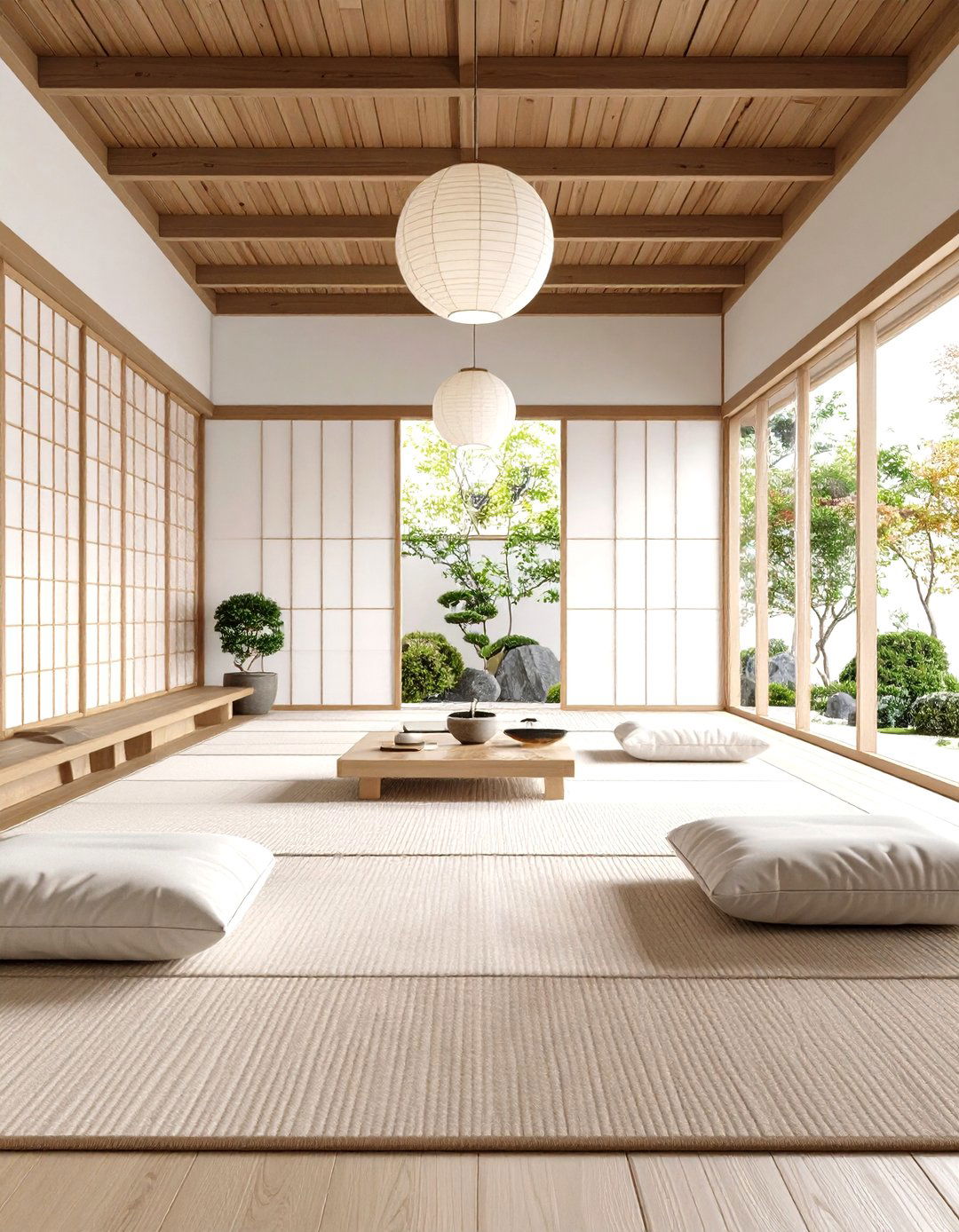
Embracing wabi-sabi philosophy, this design finds beauty in simplicity and imperfection while promoting mindfulness and inner peace. Low-profile furniture including floor cushions, tatami mats, and simple wooden tables encourage grounding and present-moment awareness. Natural materials like bamboo, rice paper, and unfinished wood create authentic Japanese aesthetics. Sliding panels and room dividers provide flexible space configuration while maintaining flow. Carefully placed stones, a small zen garden, or bonsai tree serve as meditation focal points. Soft, diffused lighting from paper lanterns eliminates harsh shadows while creating intimate ambiance. This approach particularly benefits clients exploring mindfulness practices, meditation, or those seeking to develop greater self-awareness and emotional regulation through simplified environmental influences.
13. Art Deco Glamour Therapist Office Decor
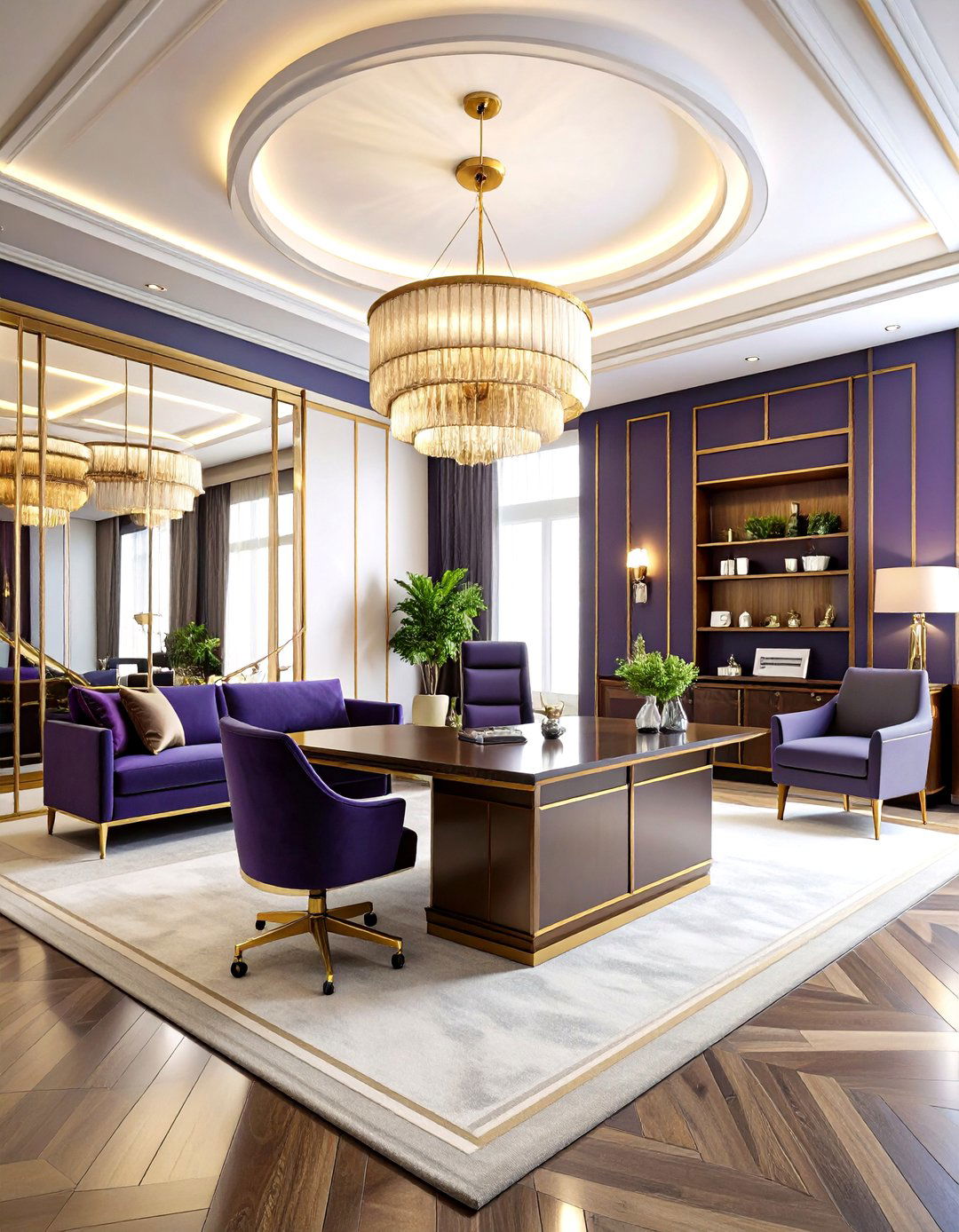
Channeling 1920s sophistication, this dramatic approach combines luxury with therapeutic comfort through bold geometric patterns and metallic accents. Rich color palettes in deep purples, golds, and blacks create sophisticated ambiance while maintaining warmth. Furniture with curved lines, mirrored surfaces, and velvet upholstery reflects the era's emphasis on luxury and craftsmanship. Statement lighting fixtures including stepped ceiling lights and decorative sconces provide theatrical illumination. Geometric artwork and accessories reinforce the Art Deco theme while avoiding overwhelming ornamentation. Quality materials like marble, brass, and exotic woods demonstrate attention to detail and lasting value. This design particularly appeals to clients who appreciate drama and sophistication, or those working through issues related to self-worth and personal empowerment through environmental beauty and luxury.
14. Cottage Core Therapist Office Decor

Creating storybook charm, this whimsical approach evokes feelings of safety and nostalgia through soft, romantic design elements. Floral patterns in fabrics, wallpaper, and artwork create feminine appeal while maintaining professional boundaries. Vintage furniture pieces including antique desks, upholstered chairs, and wooden bookcases add character and history. Soft color palettes in pastels, sage greens, and warm whites promote tranquility and comfort. Fresh flowers, potted herbs, and vintage teacups create homey touches that encourage relaxation. Layered textiles including lace curtains, quilted throws, and embroidered pillows add texture and warmth. This environment particularly benefits clients dealing with trauma, anxiety, or those seeking to reconnect with gentler aspects of their personality through nurturing, protective environmental influences.
15. Modern Rustic Therapist Office Decor
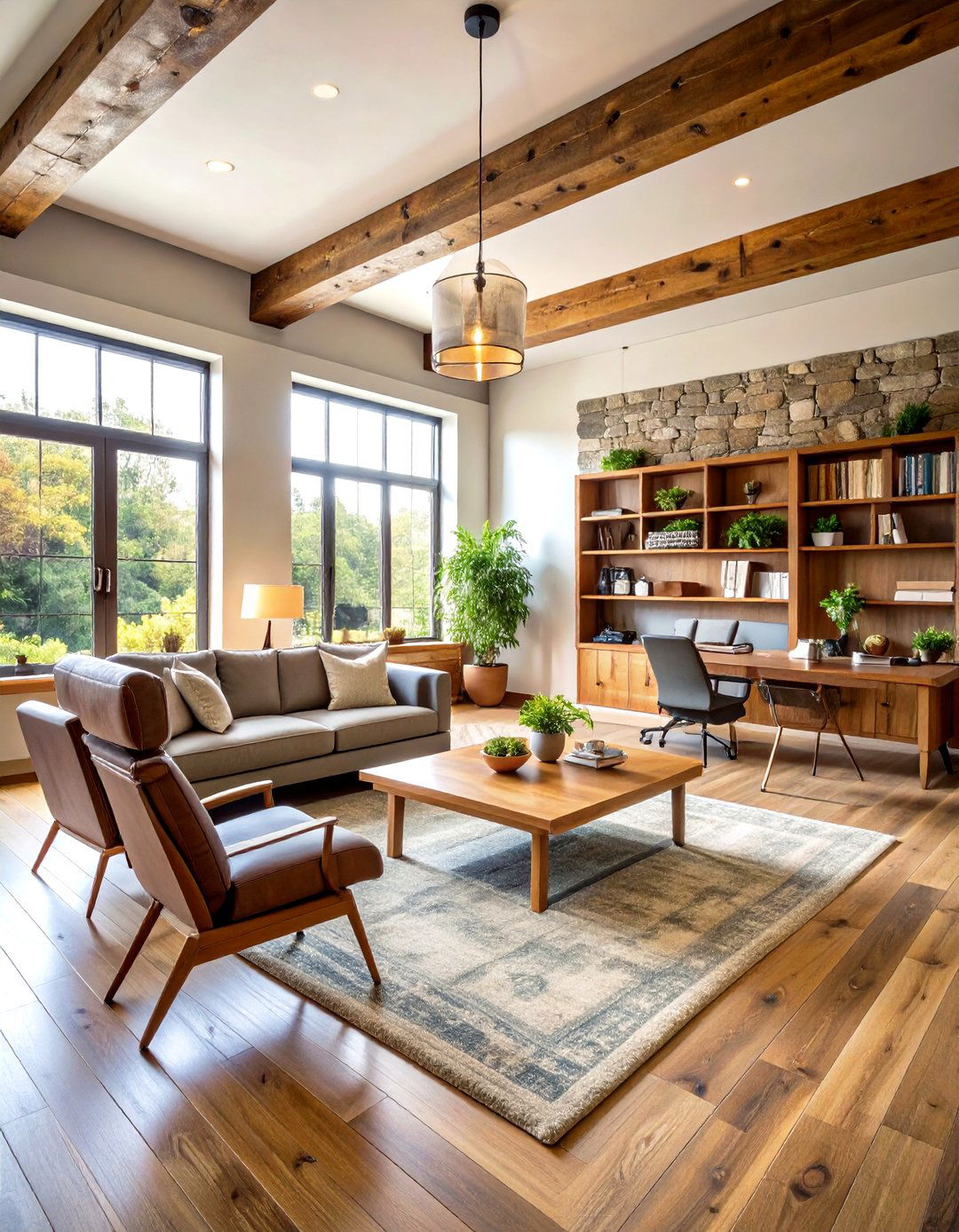
Combining contemporary functionality with rustic warmth, this approach creates sophisticated comfort through natural materials and clean lines. Reclaimed wood furniture pieces provide authentic texture while sleek hardware maintains modern appeal. Stone accent walls or fireplaces add natural focal points that promote relaxation and grounding. Contemporary lighting fixtures complement rustic elements without creating style conflicts. Neutral color schemes in warm grays, creams, and natural wood tones provide flexibility for seasonal changes. Mixed textures including leather, wool, and linen create tactile interest while maintaining professional appearance. Large windows showcase natural views while modern treatments ensure privacy. This balanced approach works well for practices serving diverse clientele who appreciate both contemporary functionality and traditional warmth in their therapeutic environment.
16. Mediterranean Villa Therapist Office Decor

Evoking sunny European elegance, this design creates vacation-like relaxation through warm colors and textured materials. Terra cotta, deep blues, and golden yellows reflect Mediterranean coastal palettes while promoting optimism and energy. Natural materials including stone floors, wooden beams, and wrought iron accents create authentic regional character. Furniture pieces with curved lines and distressed finishes add Old World charm while maintaining comfort. Ceramic pottery, artwork featuring landscapes, and decorative tiles provide cultural authenticity. Plants like olive trees, lavender, or rosemary in ceramic planters contribute aromatic and visual appeal. Natural lighting through large windows or French doors creates connection to outdoor spaces. This environment particularly benefits clients dealing with depression or seasonal affective disorder, as the warm, sunny atmosphere promotes positive emotions and energy.
17. Hygge-Inspired Therapist Office Decor
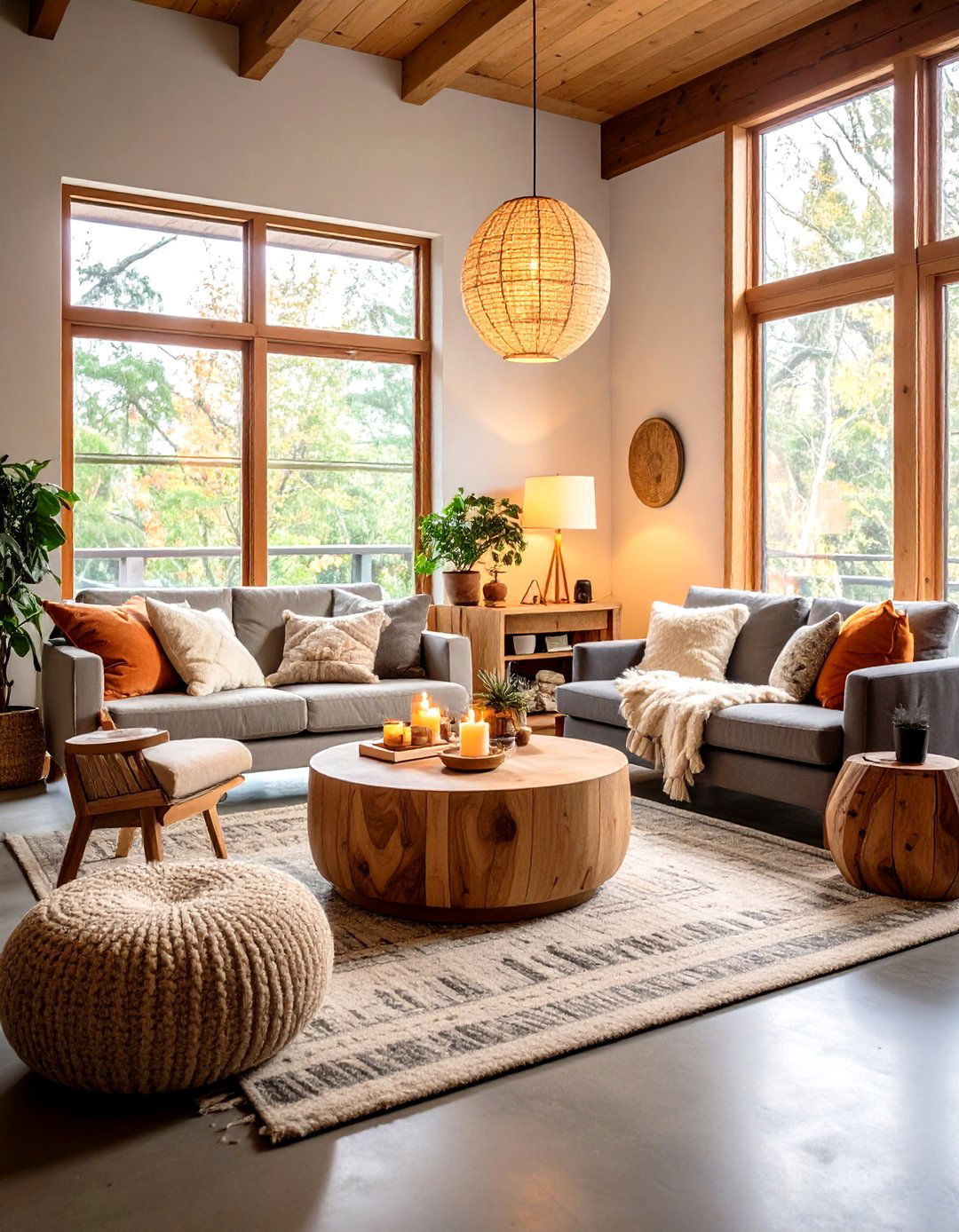
Embracing Danish concepts of coziness and well-being, this design creates ultimate comfort through soft textures and warm lighting. Oversized furniture including deep armchairs and plush sofas encourages relaxation and extended conversations. Layered textiles in wool, cashmere, and faux fur provide tactile comfort while maintaining professional boundaries. Warm lighting from table lamps, candles, and fairy lights creates intimate ambiance without overwhelming the space. Neutral color schemes in creams, soft grays, and warm whites promote tranquility while wooden accents add natural warmth. Books, blankets, and warm beverages available for clients demonstrate hospitality and care. This approach particularly benefits clients dealing with anxiety, depression, or those seeking emotional support through environmental comfort and Danish-inspired well-being practices.
18. Urban Loft Therapist Office Decor
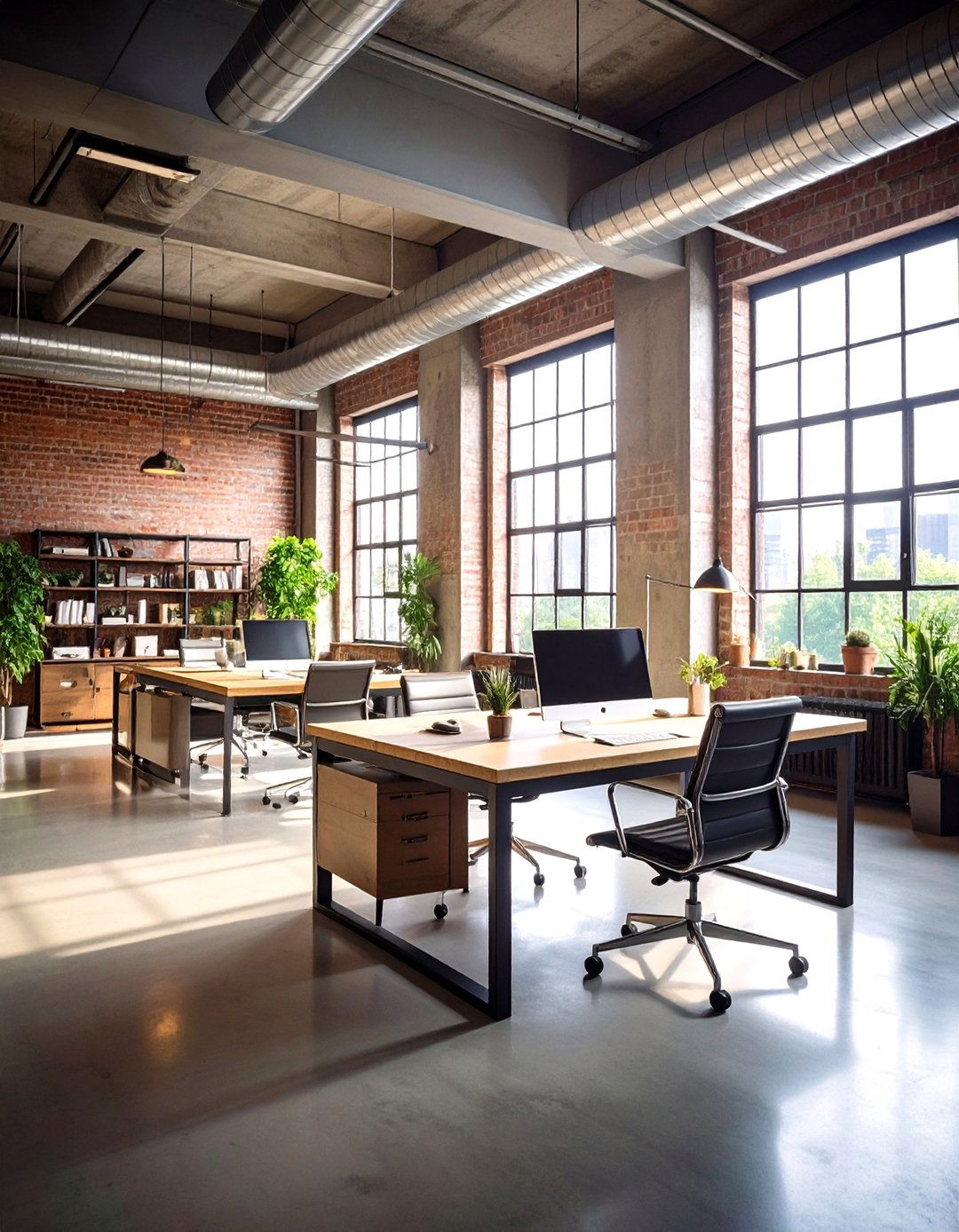
Capturing city energy while maintaining therapeutic calm, this design transforms industrial spaces into sophisticated healing environments. High ceilings, large windows, and open layouts create spacious feelings while exposed structural elements add character. Contemporary furniture with clean lines balances industrial architecture while comfortable seating ensures client comfort. Mixed materials including concrete, steel, and glass reflect urban aesthetics while plants and soft textiles add necessary warmth. Modern artwork and photography celebrate city life while maintaining professional atmosphere. Statement lighting fixtures provide adequate illumination while serving as design focal points. This environment particularly appeals to urban professionals who appreciate contemporary aesthetics and can relate to city-living experiences while seeking therapeutic support in familiar environmental contexts.
19. Vintage Library Therapist Office Decor
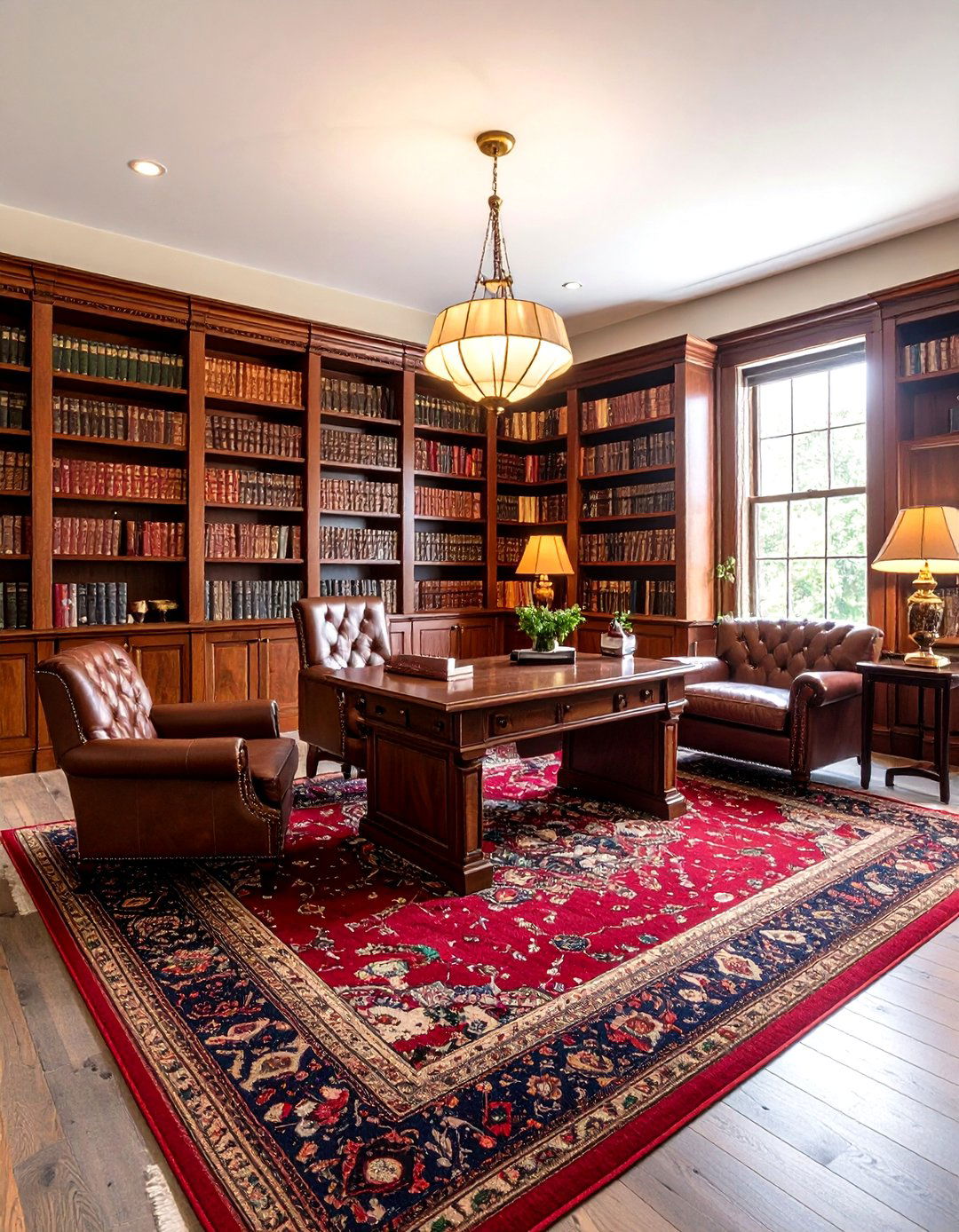
Creating scholarly sanctuary, this intellectual approach combines knowledge and comfort through rich materials and classic design elements. Floor-to-ceiling bookshelves filled with psychology texts, literature, and reference materials demonstrate expertise while encouraging client curiosity. Rich wood furniture including antique desks, leather chairs, and reading tables provide authentic period character. Warm color schemes in burgundy, forest green, and golden brown create enveloping comfort while brass accents add refinement. Traditional lighting including banker's lamps and reading lights ensure proper illumination for various activities. Oriental rugs, leather-bound books, and vintage accessories complete the scholarly atmosphere. This design particularly appeals to intellectual clients, educators, or those working through academic stress while appreciating traditional learning environments that support reflection and growth.
20. Wellness Spa Therapist Office Decor

Transforming therapeutic space into restorative retreat, this design incorporates spa-like elements that promote relaxation and renewal. Soft color palettes in whites, pale blues, and sage greens create calming atmosphere while natural materials add organic warmth. Comfortable seating including massage chairs or zero-gravity recliners provides ultimate relaxation during sessions. Water features, essential oil diffusers, and soft music enhance the sensory experience while maintaining therapeutic boundaries. Natural lighting supplemented by salt lamps creates healing ambiance while plants improve air quality. Soft textiles including bamboo sheets, organic cotton pillows, and weighted blankets provide comfort options for different client needs. This environment particularly benefits clients dealing with chronic stress, trauma, or those seeking holistic approaches to mental health through environmental wellness and restorative practices.
Conclusion:
Successful therapist office decor transcends mere aesthetics to create environments that actively support healing and growth. Each design approach offers unique benefits, from Scandinavian minimalism's clarity to biophilic sanctuaries' natural restoration. The key lies in selecting themes that align with your therapeutic approach while considering client demographics and personal preferences. Whether embracing cottage core charm or industrial chic sophistication, thoughtful design choices communicate professionalism while fostering emotional safety. Remember that effective therapeutic spaces balance visual appeal with functional comfort, ensuring clients feel welcomed and supported. Most importantly, authentic design reflecting your personality and values creates genuine connections that enhance therapeutic relationships and outcomes.


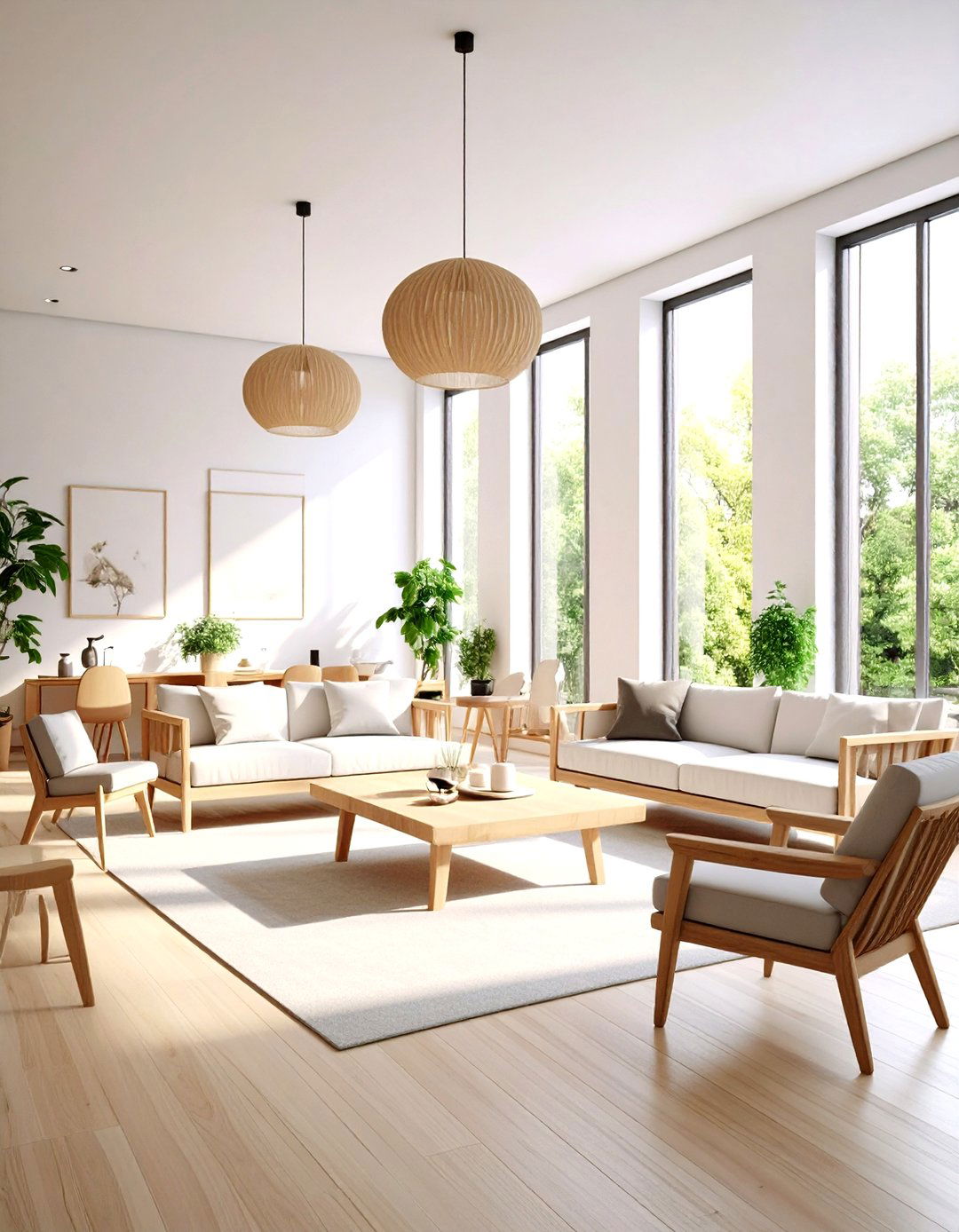
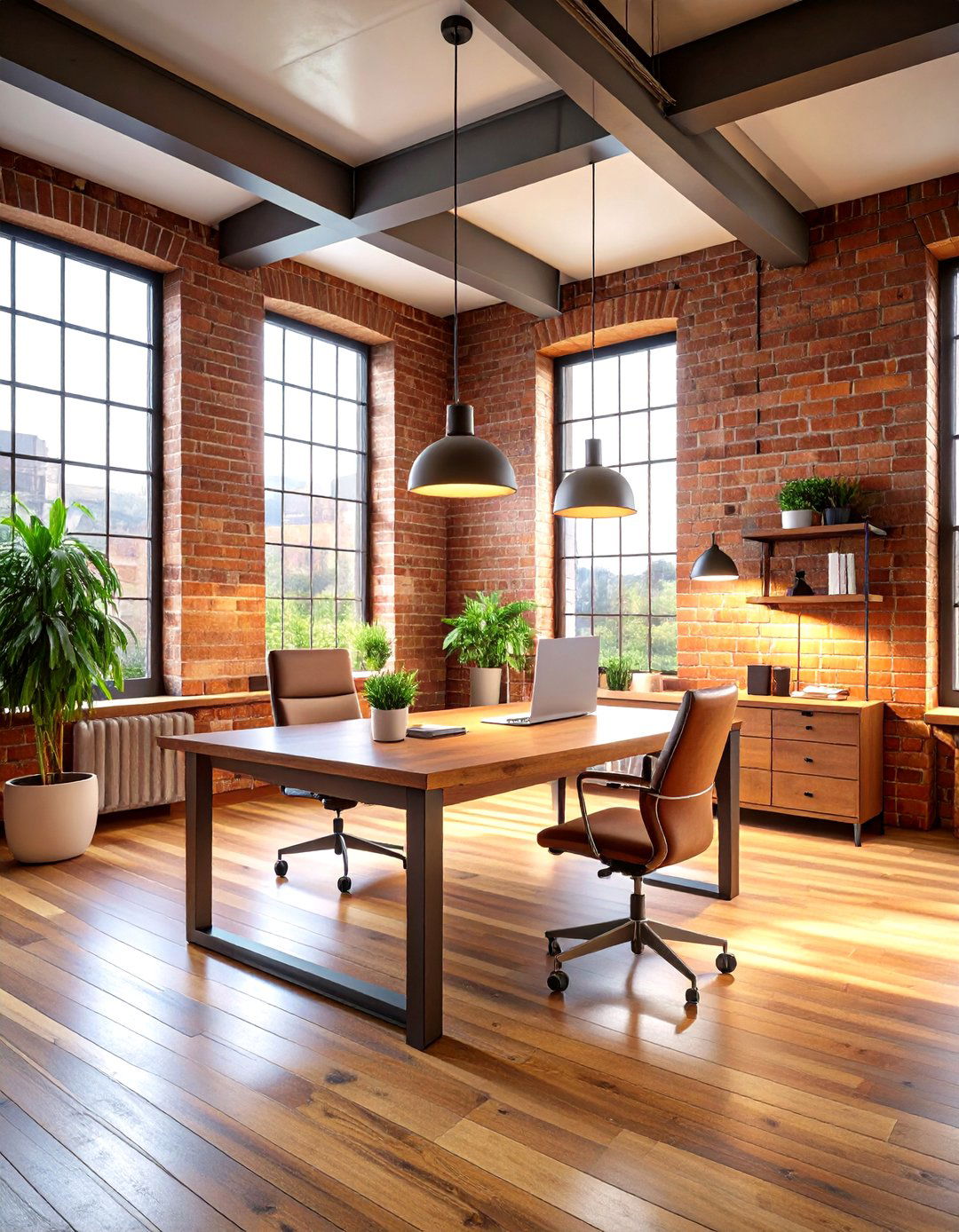
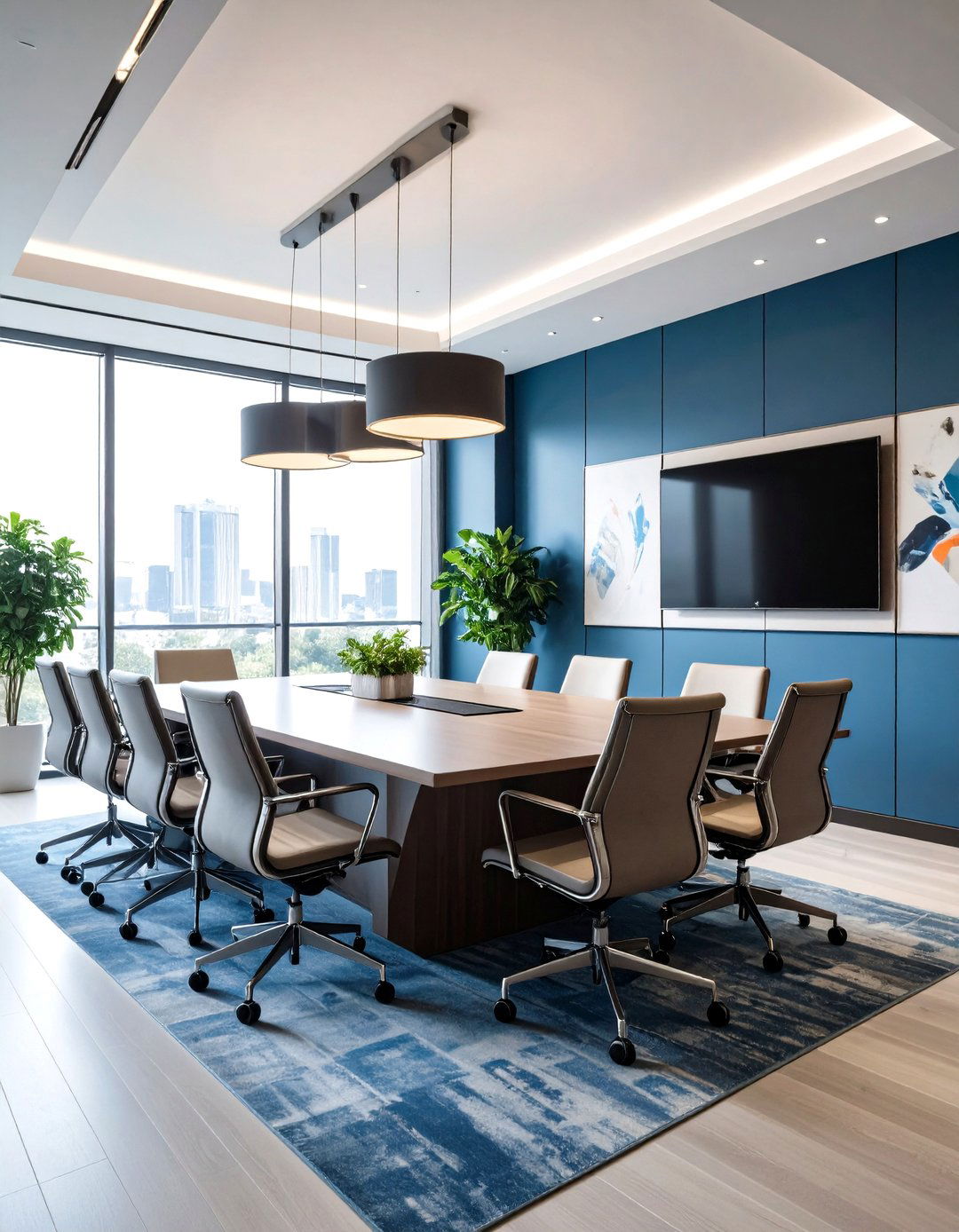
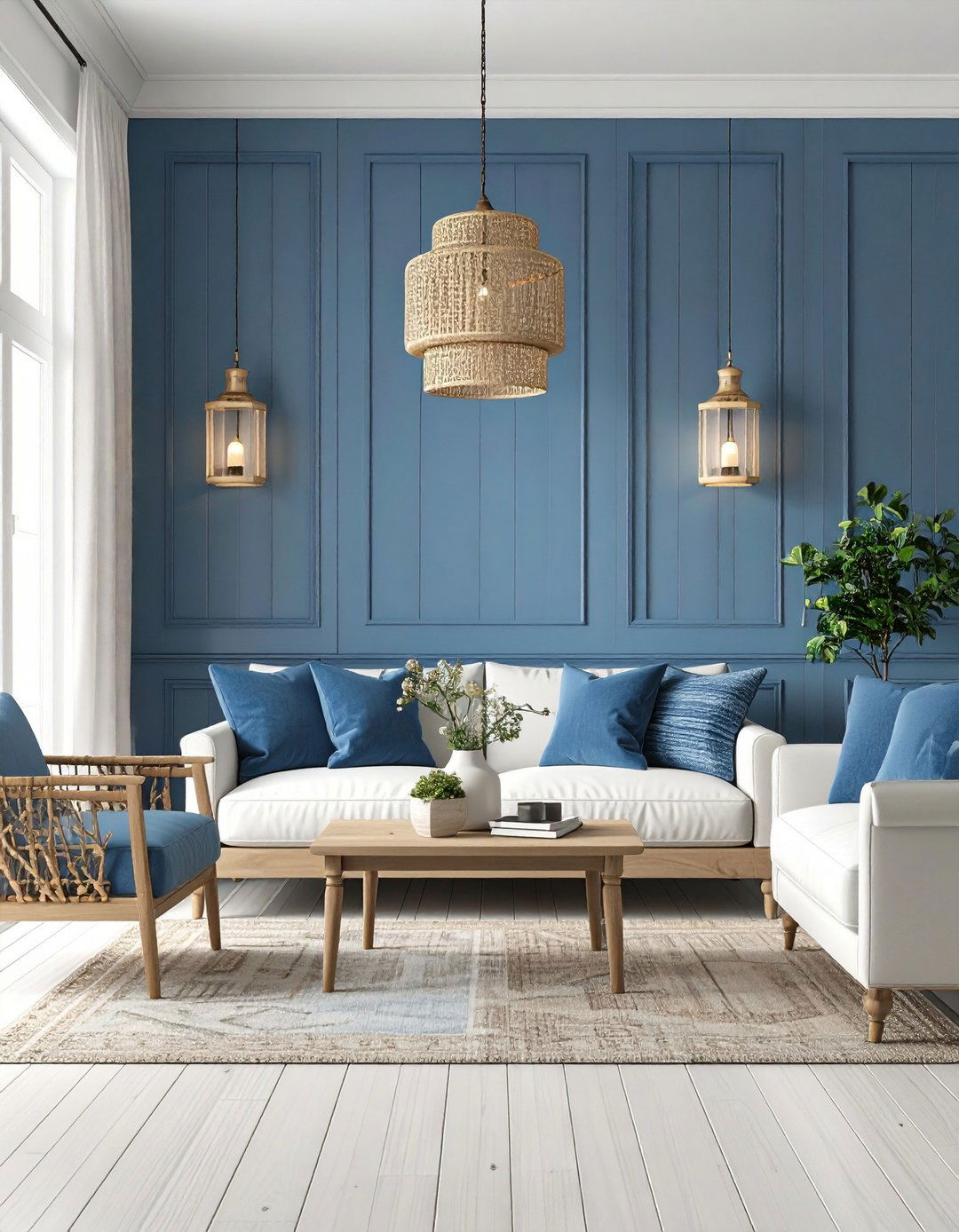
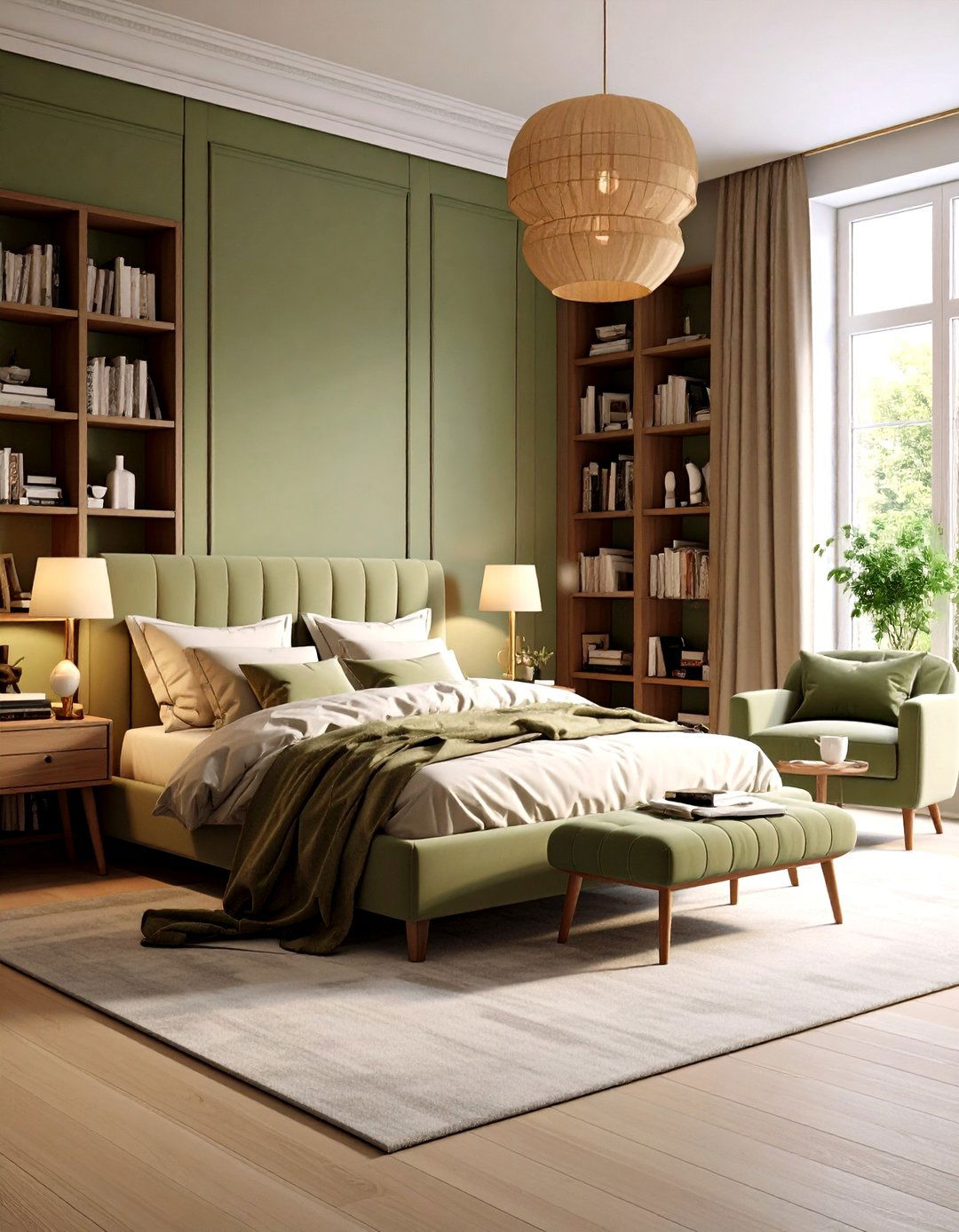

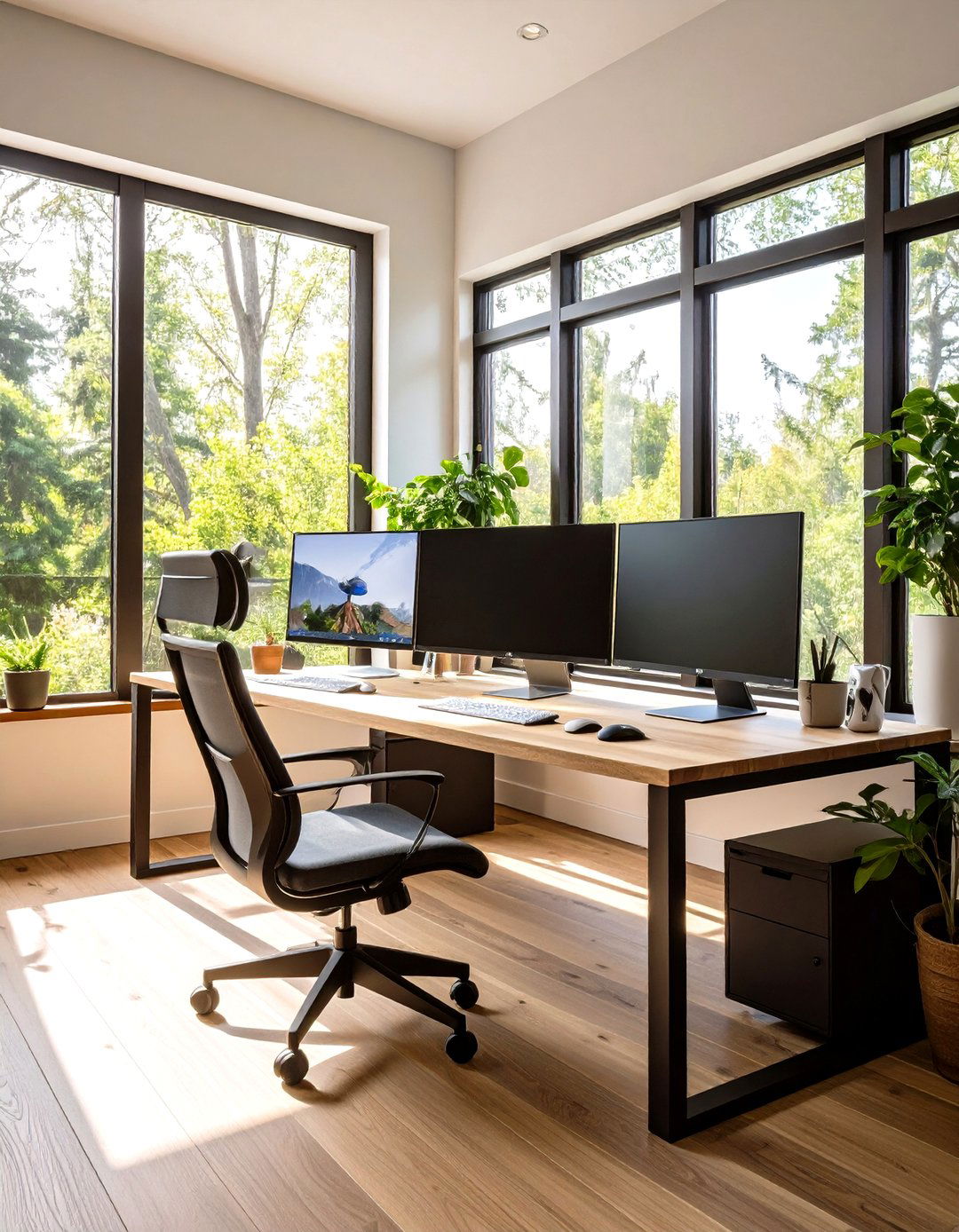
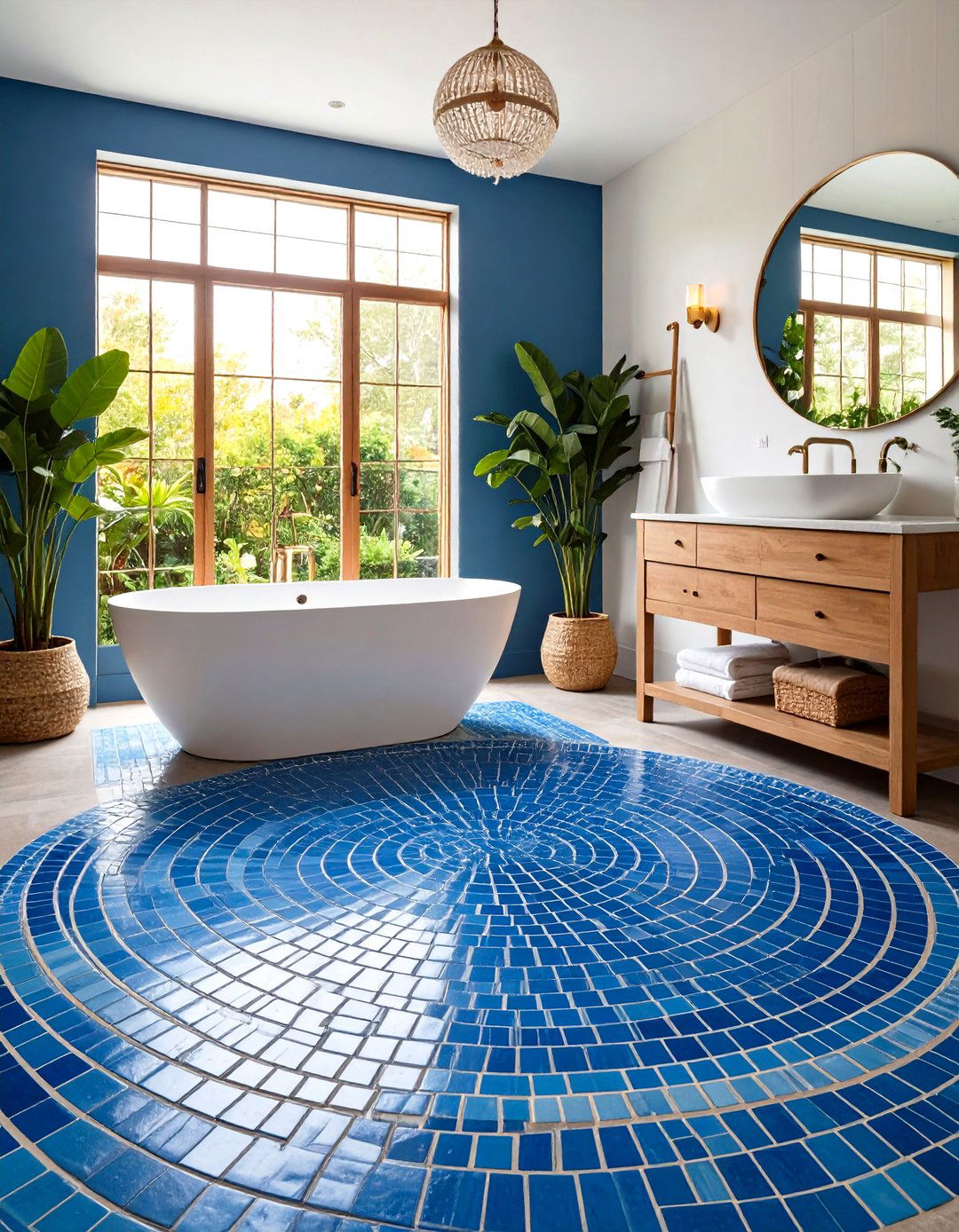


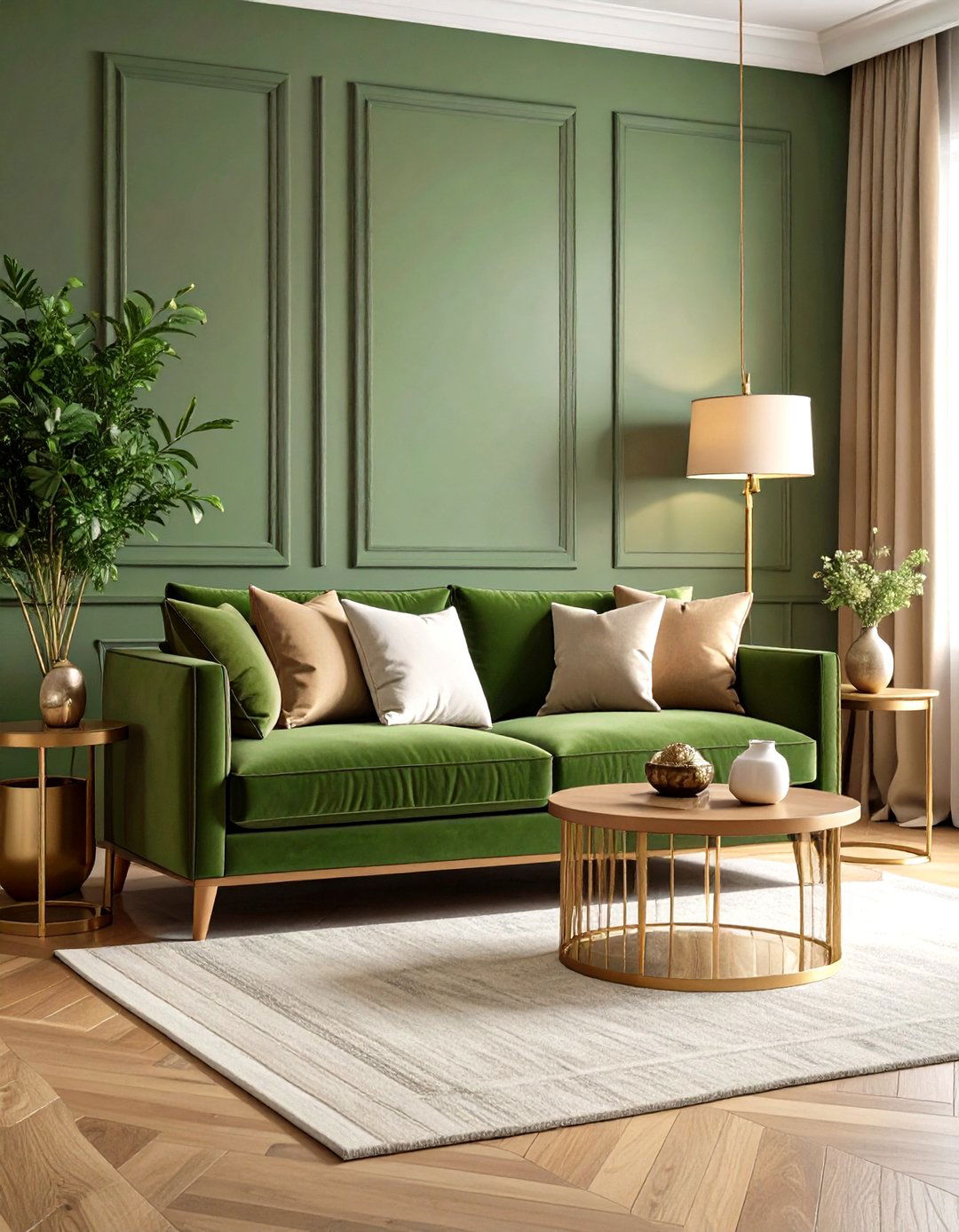
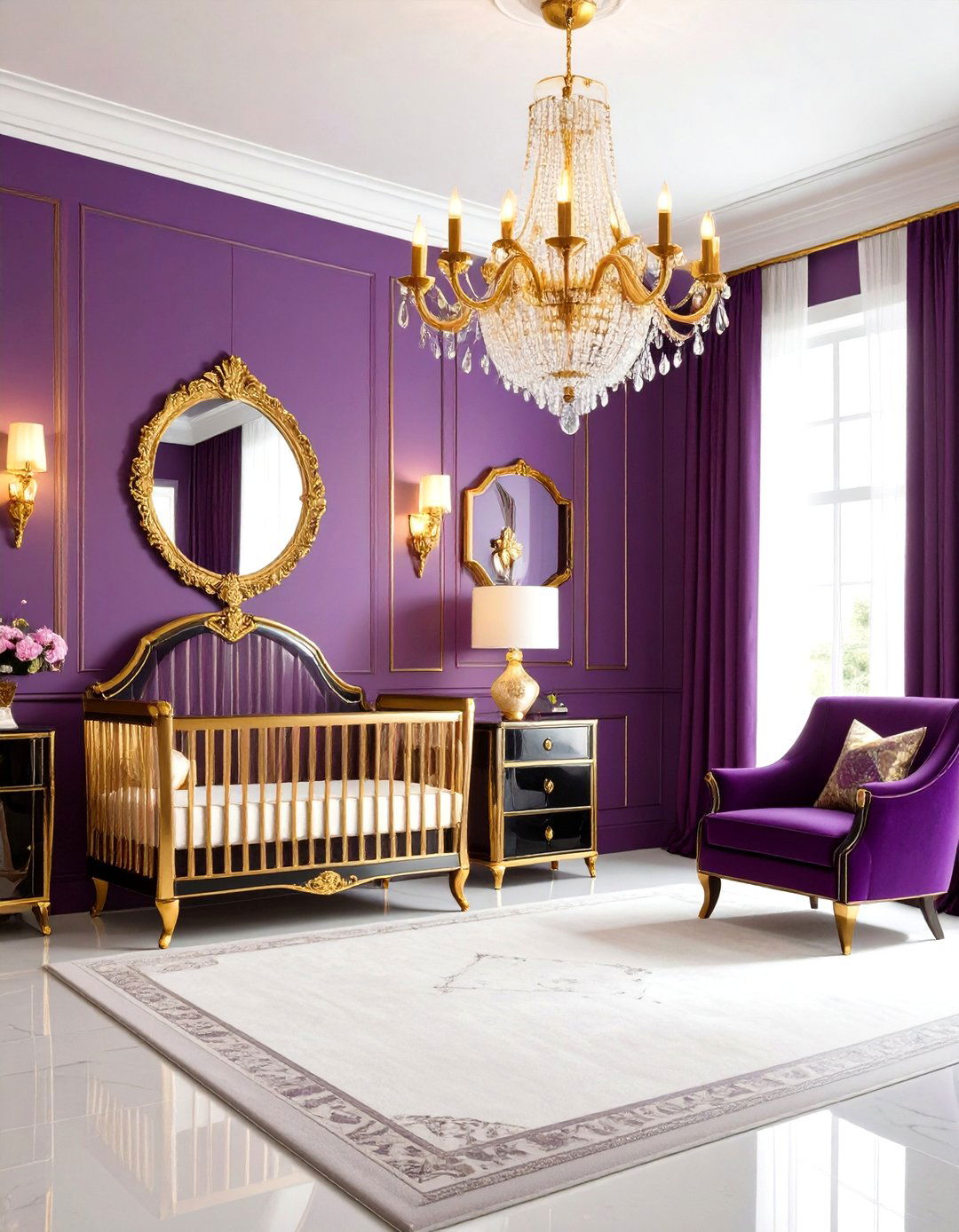
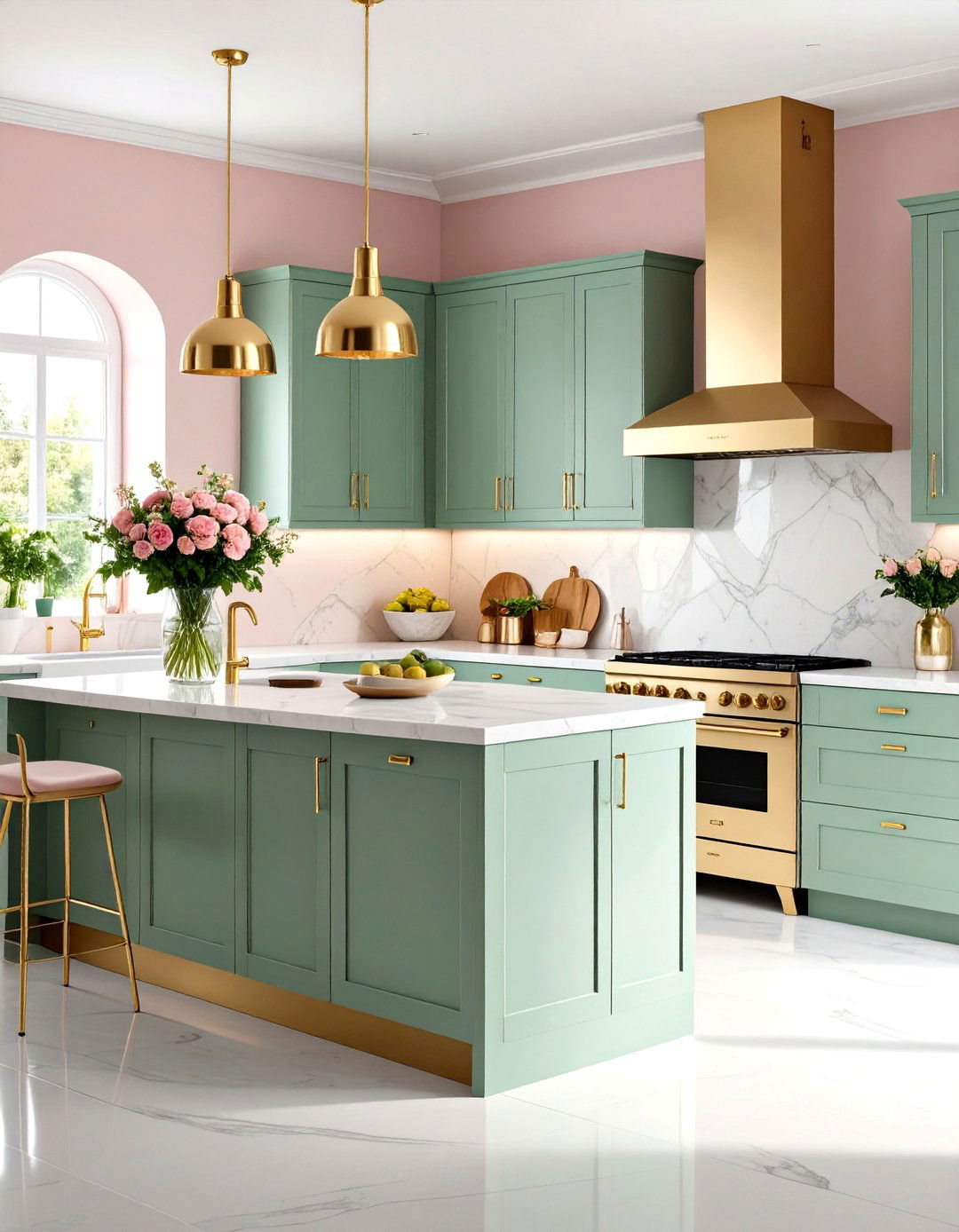
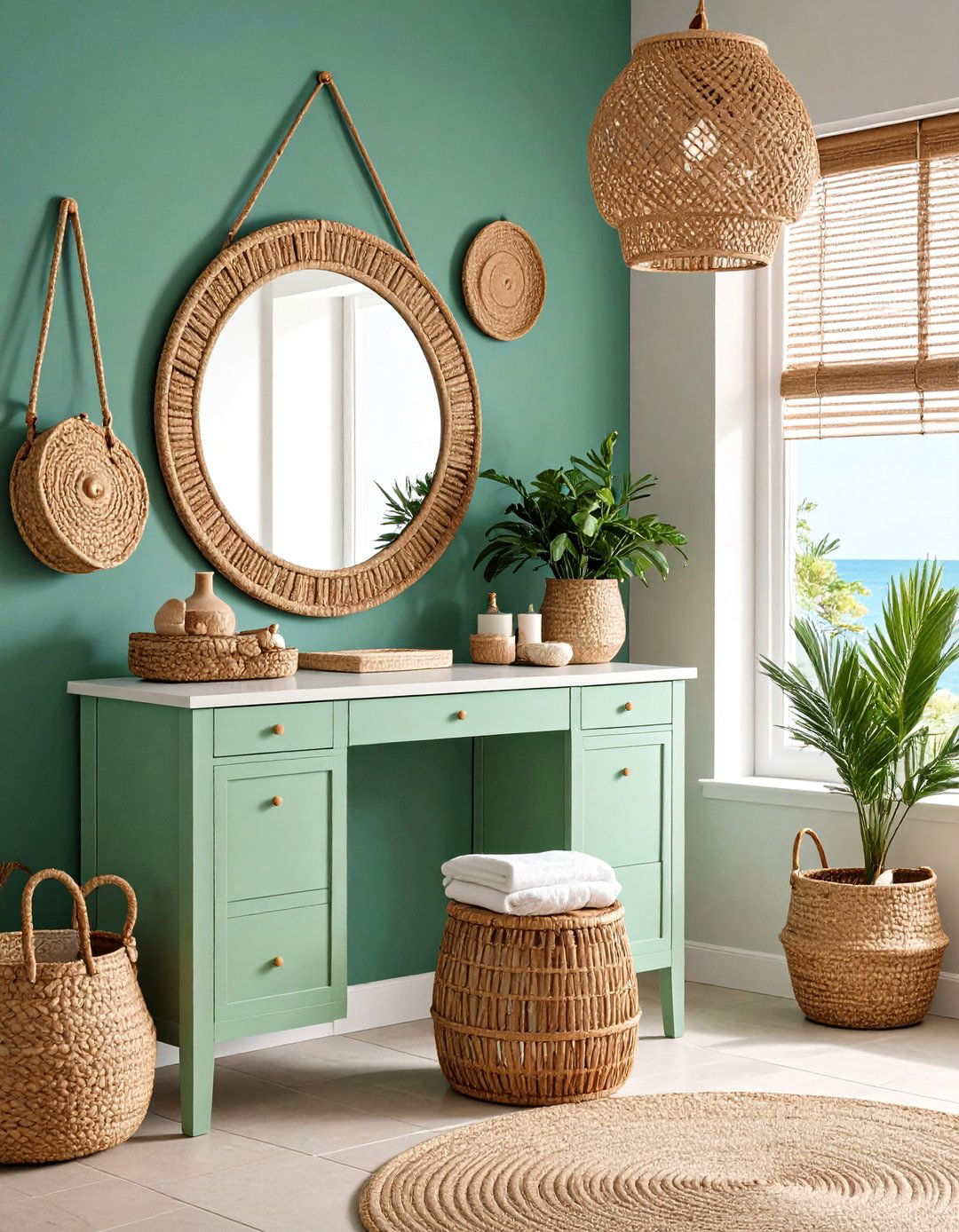
Leave a Reply